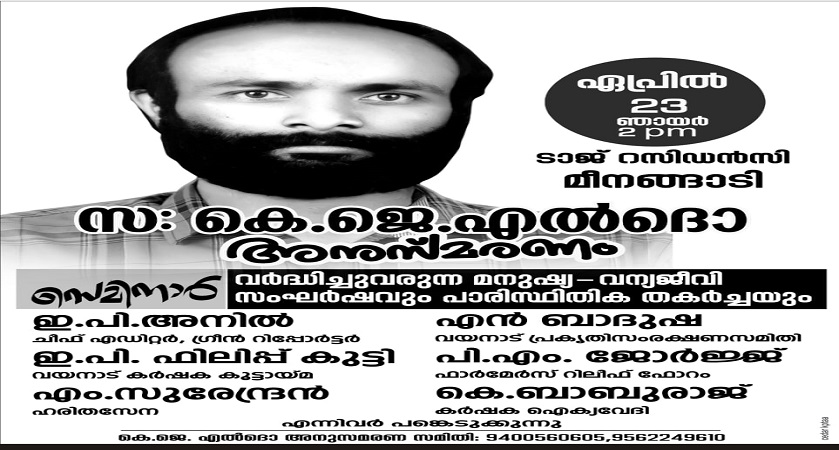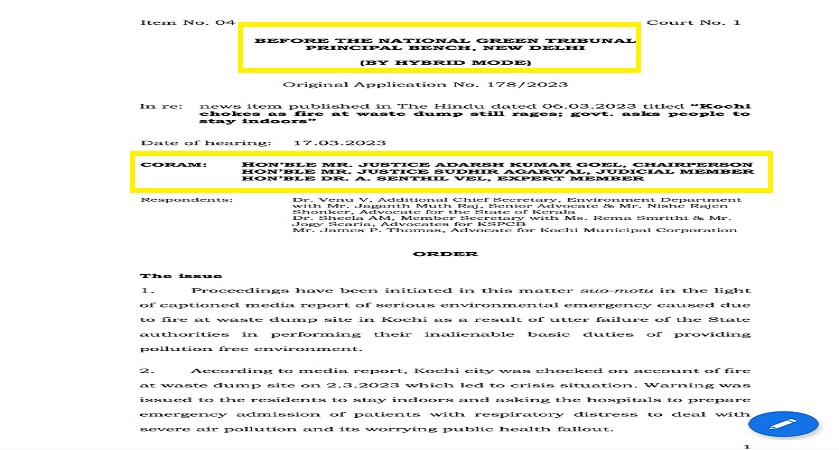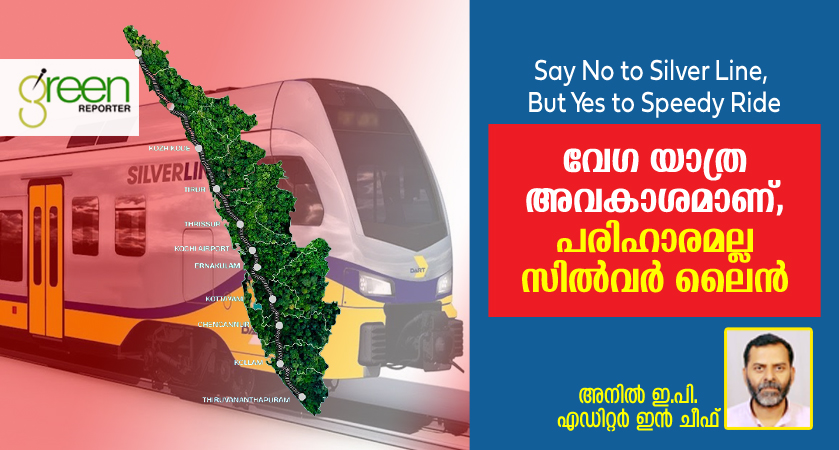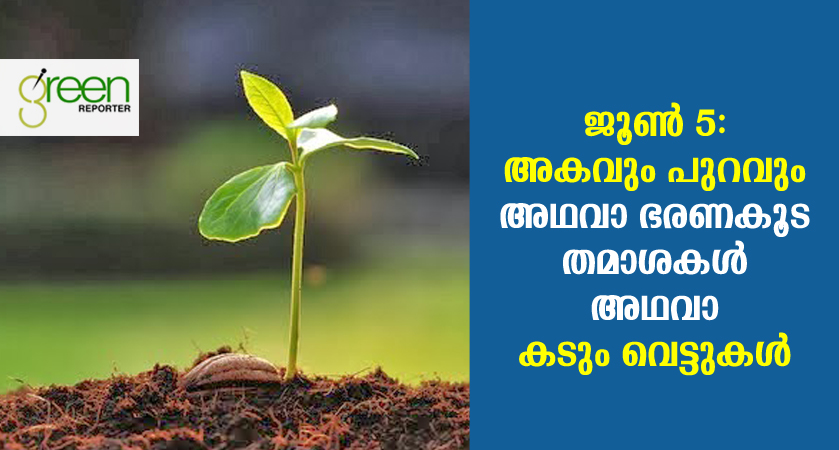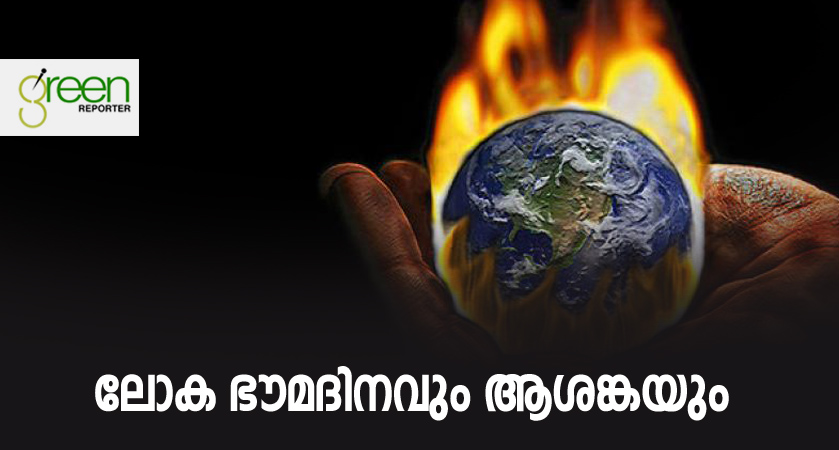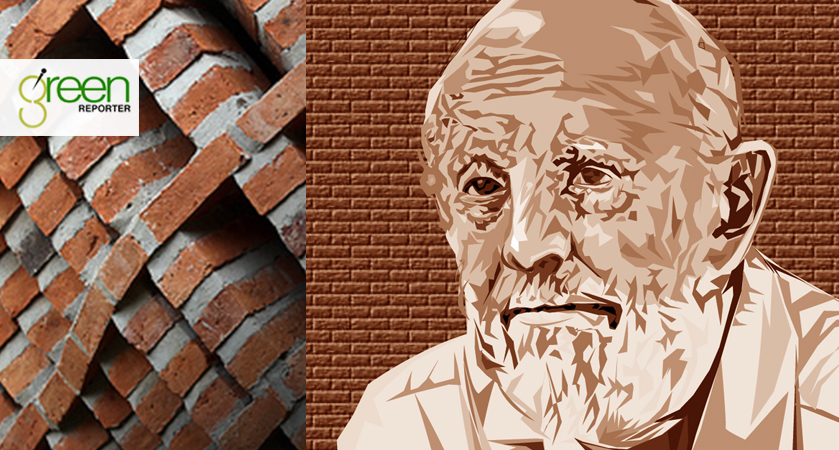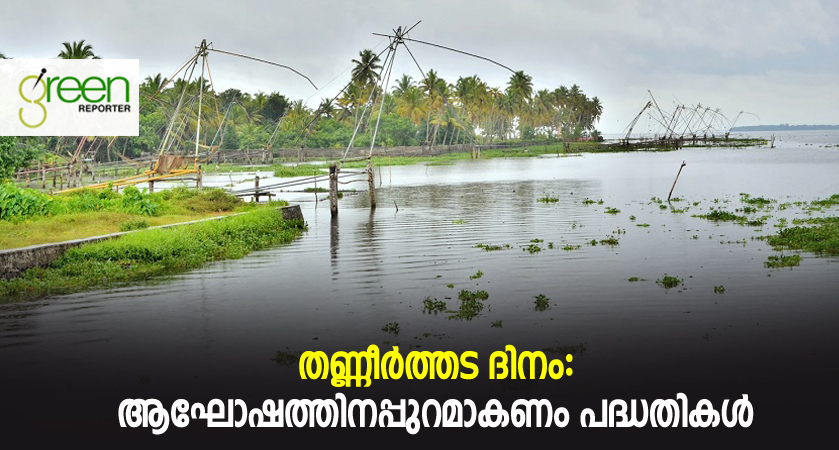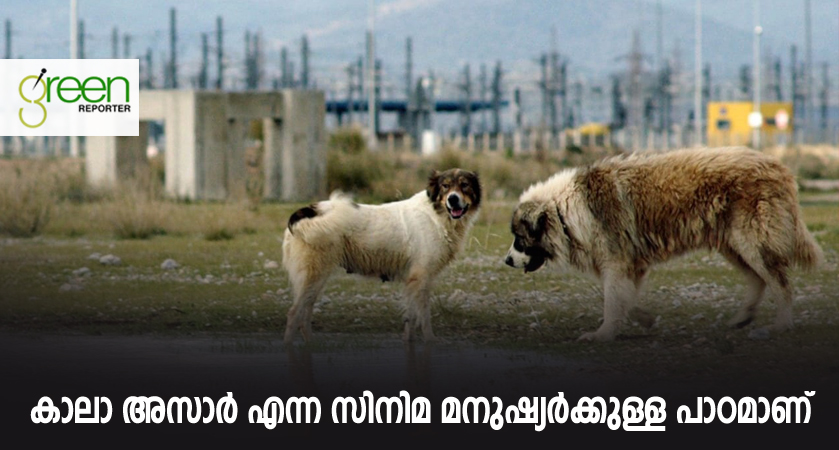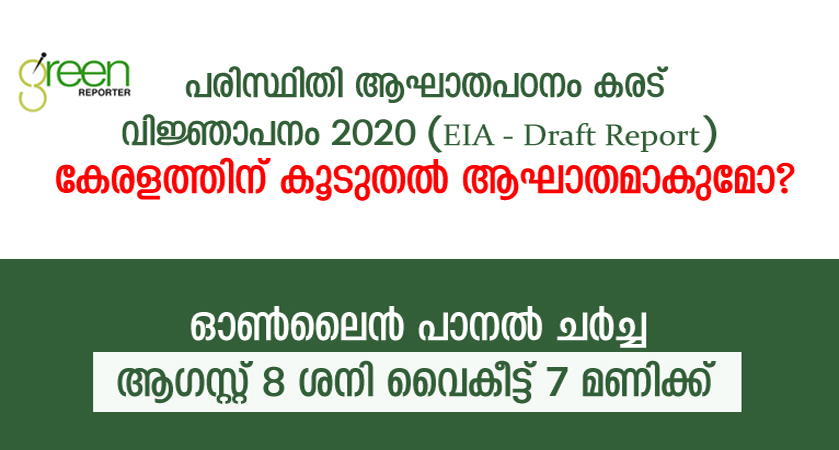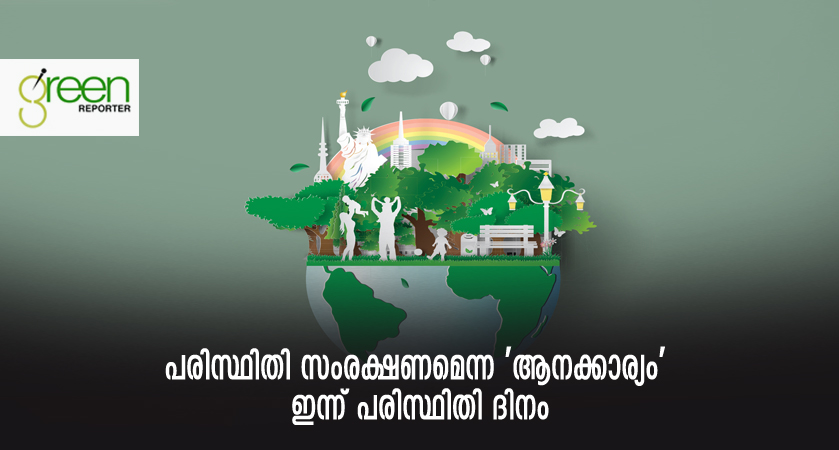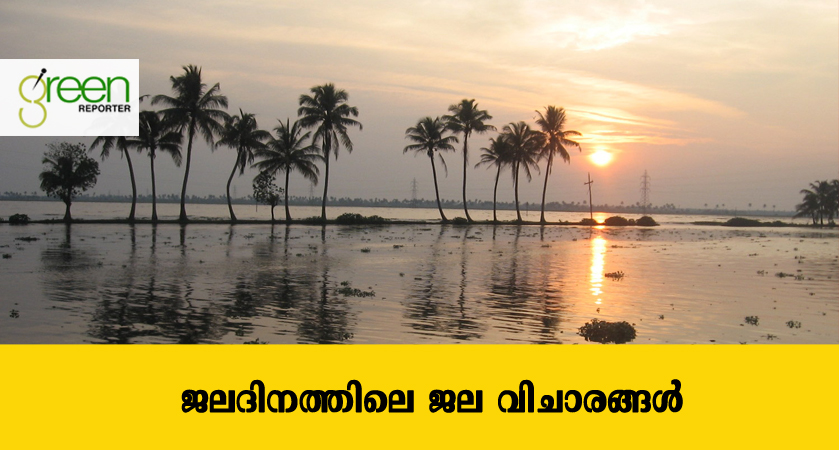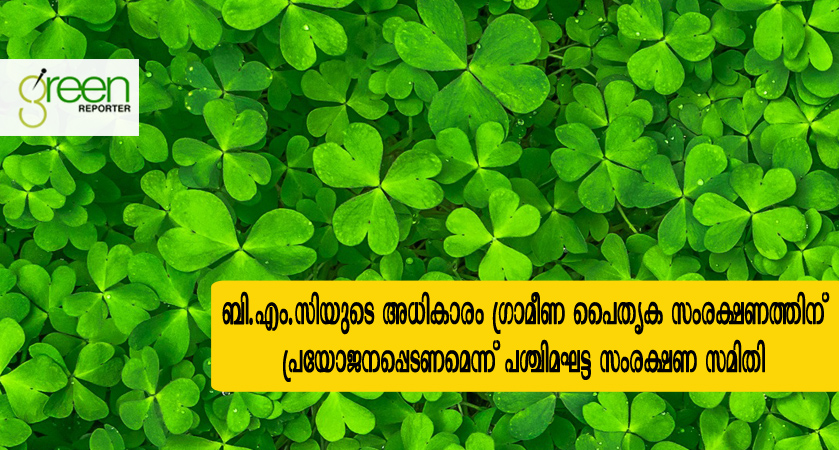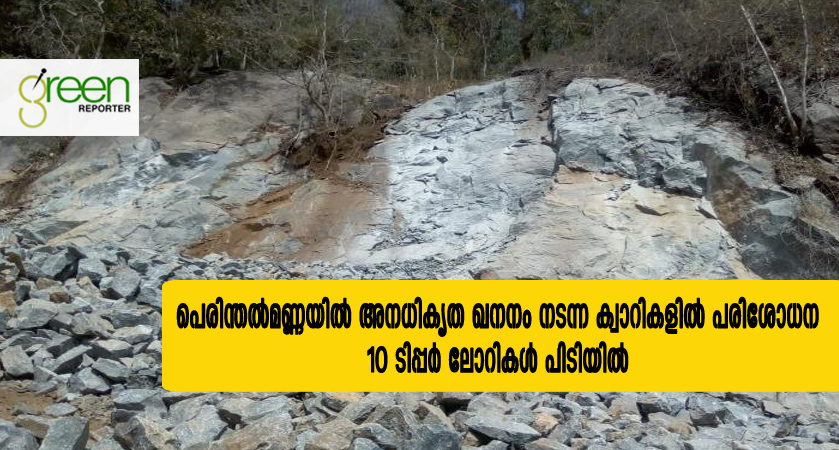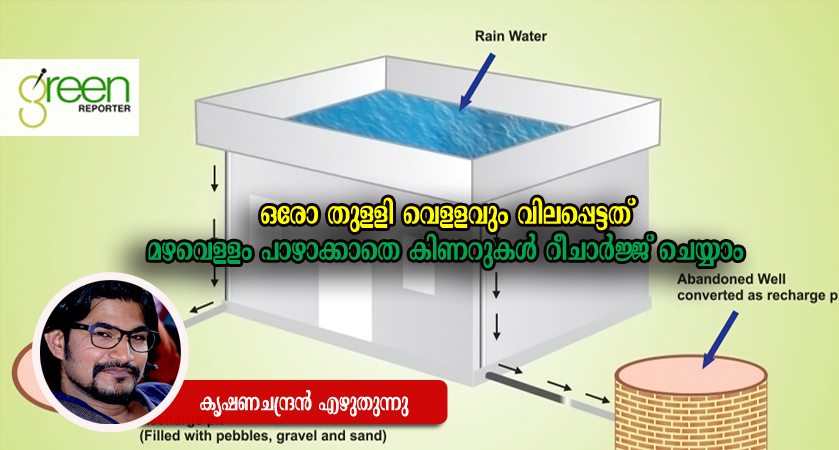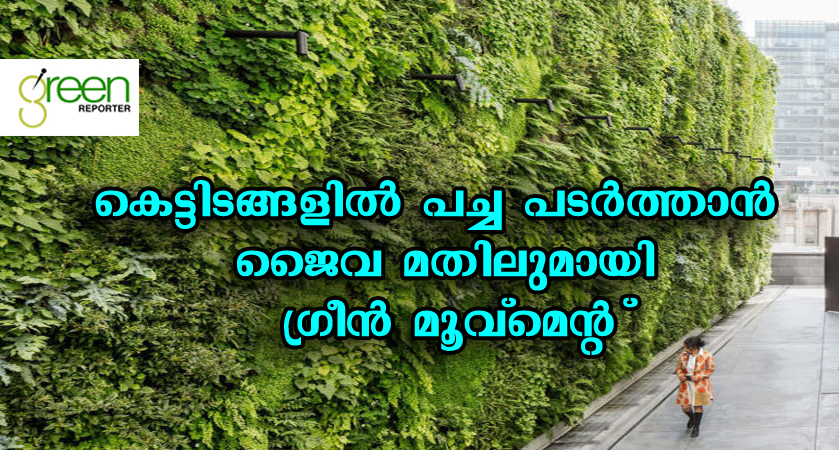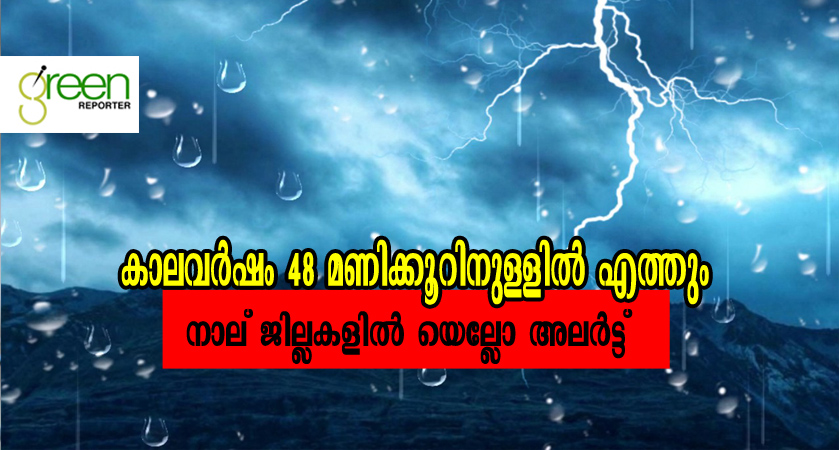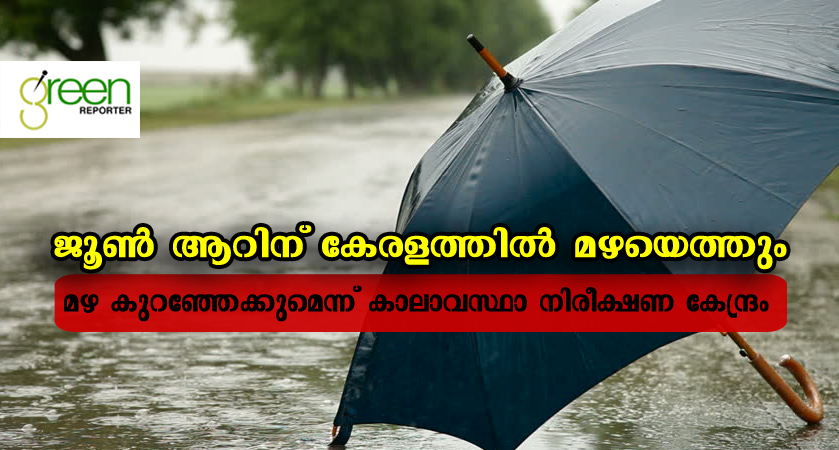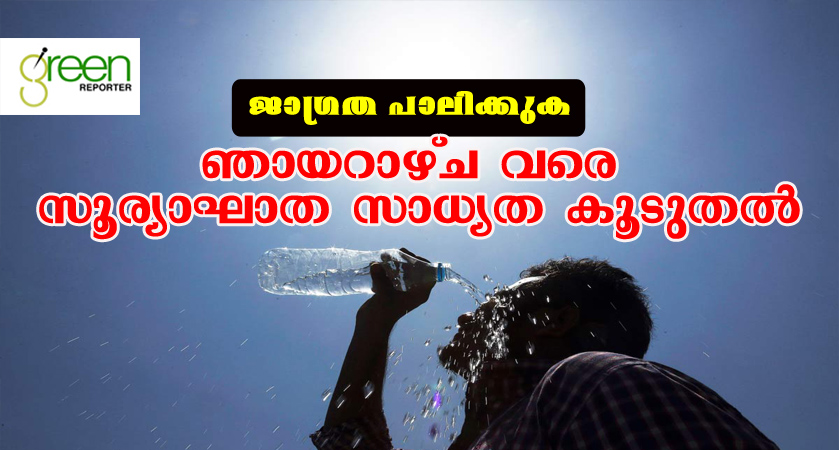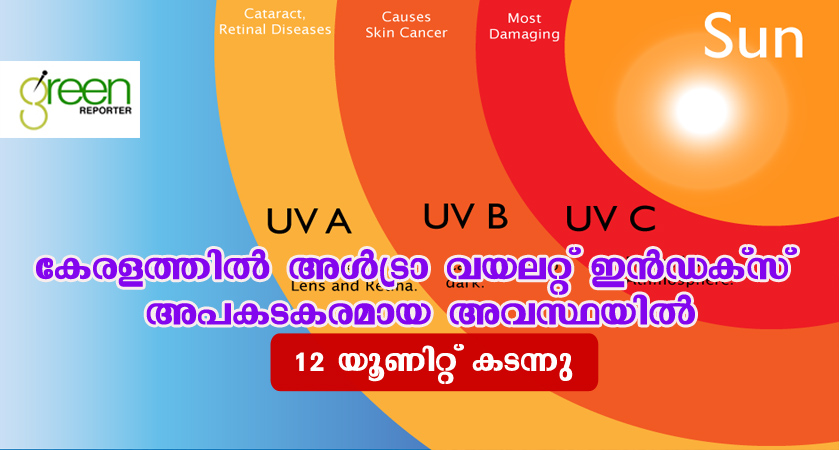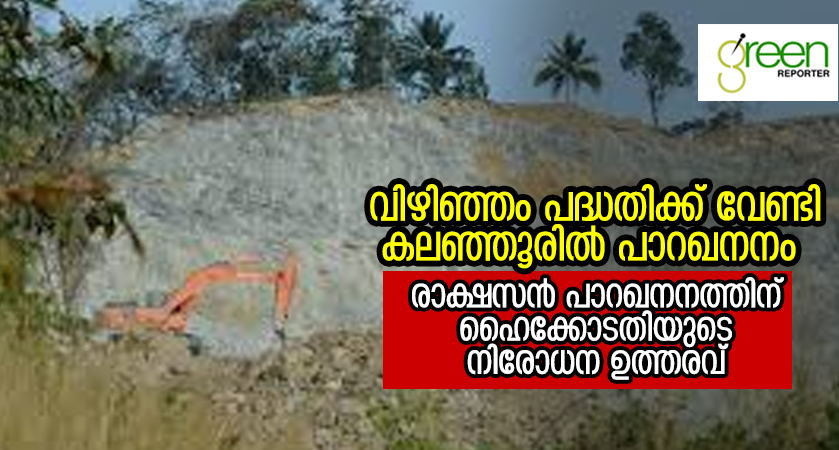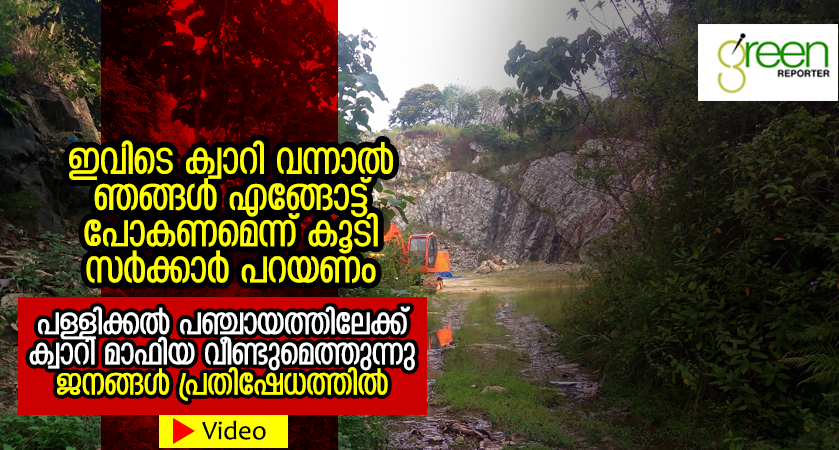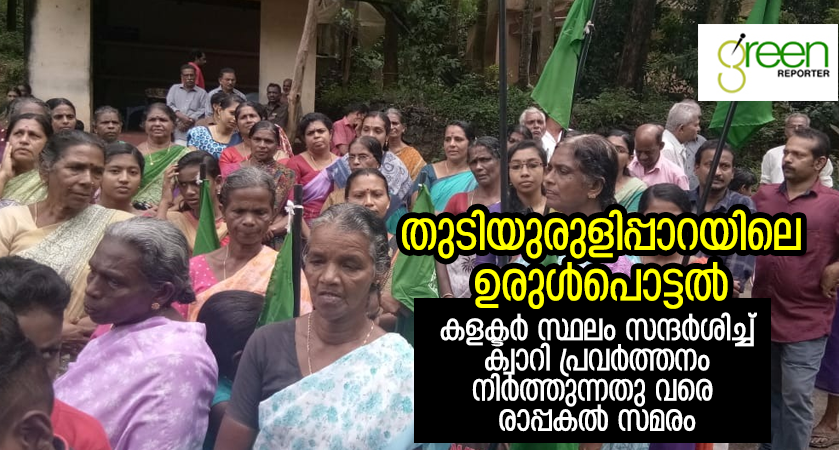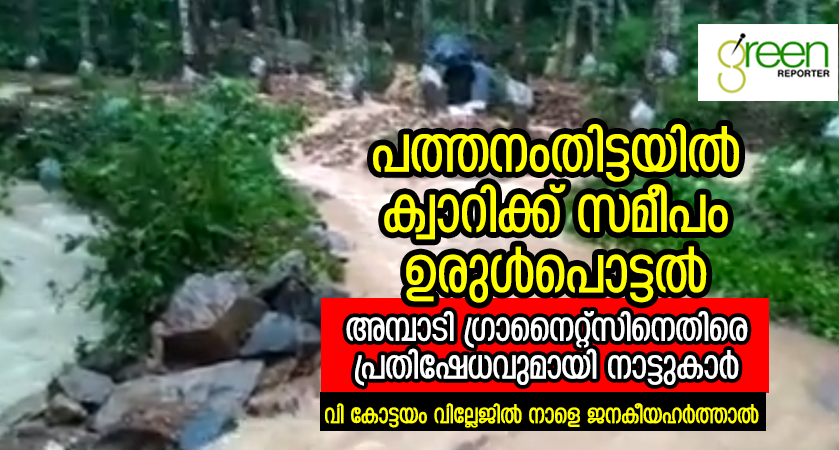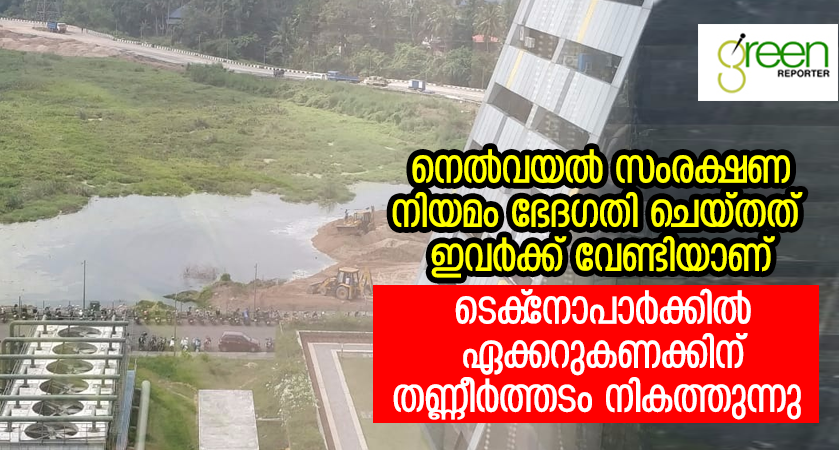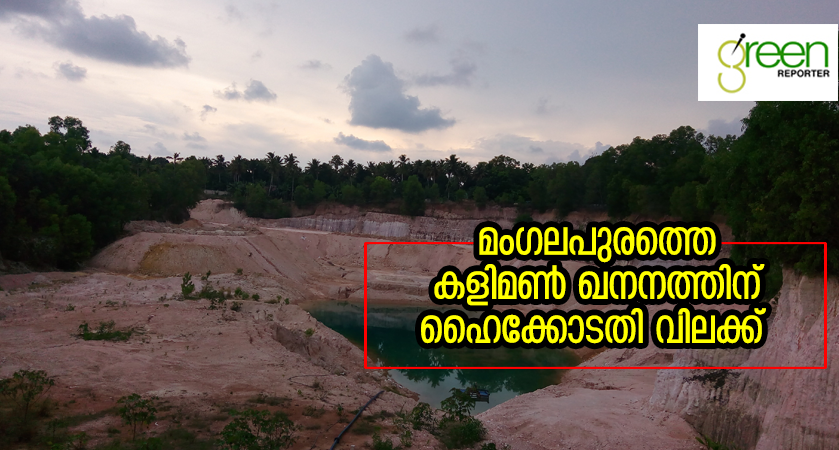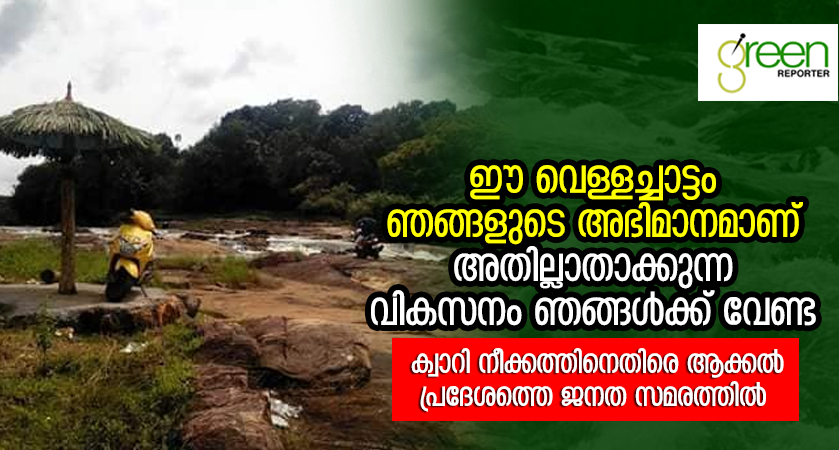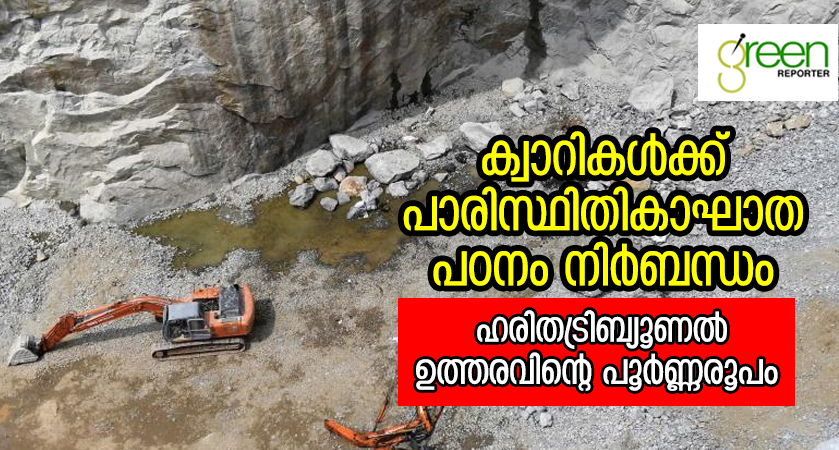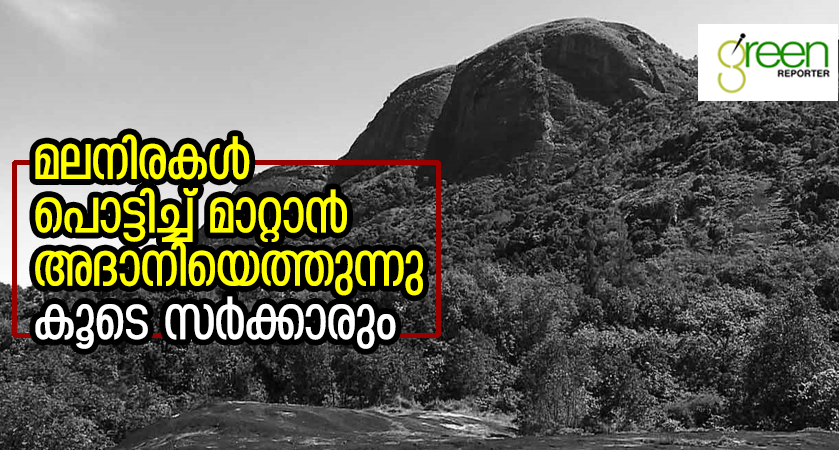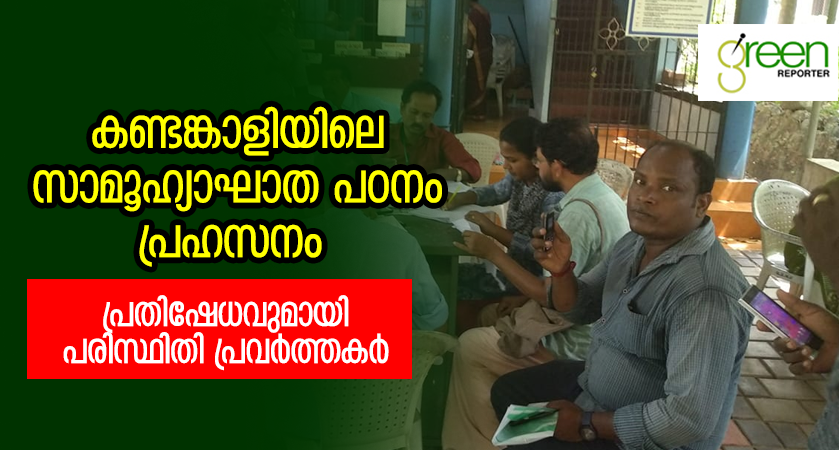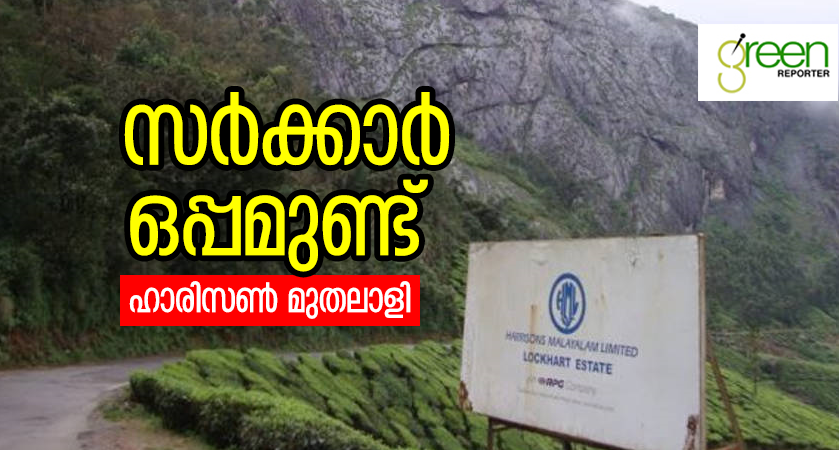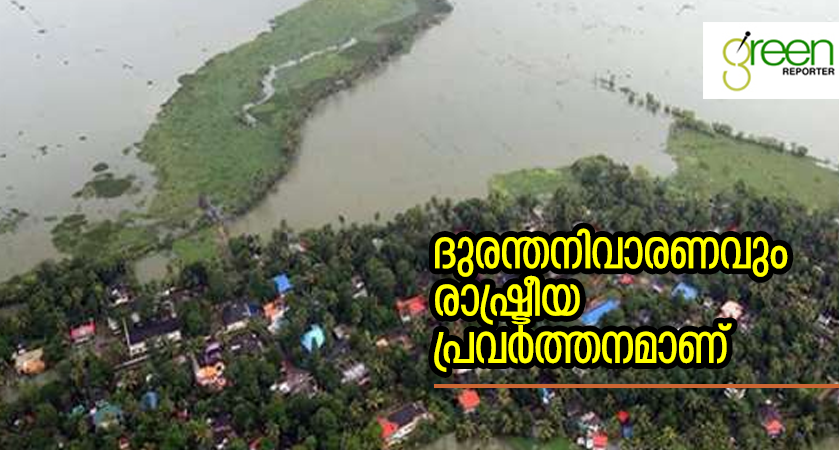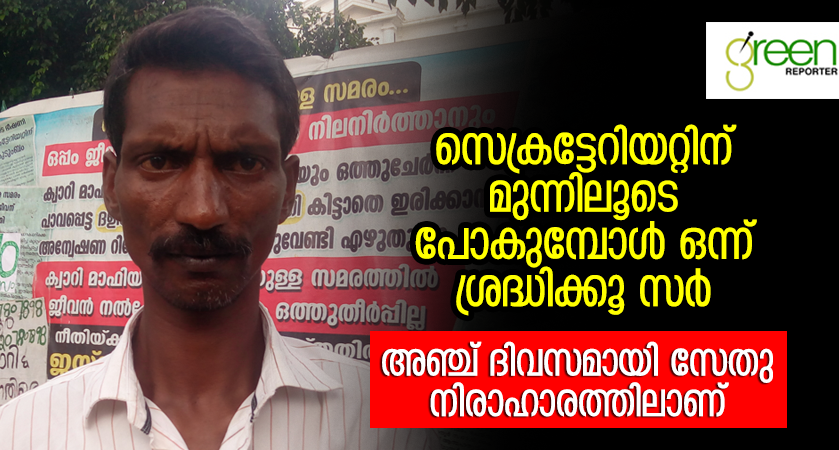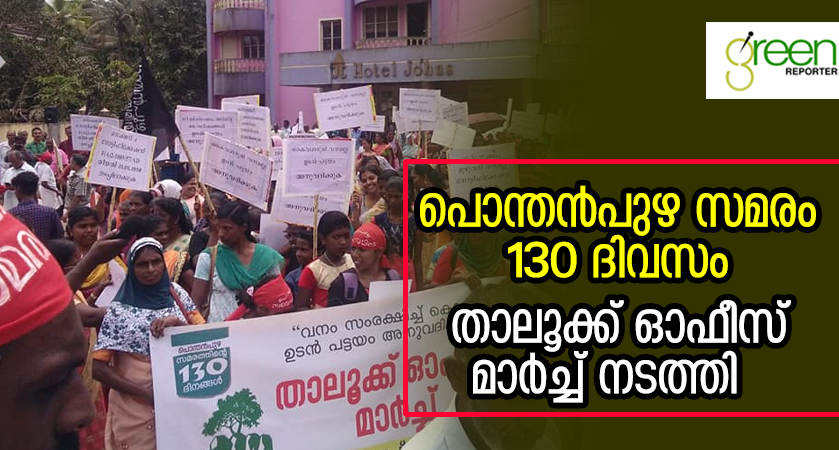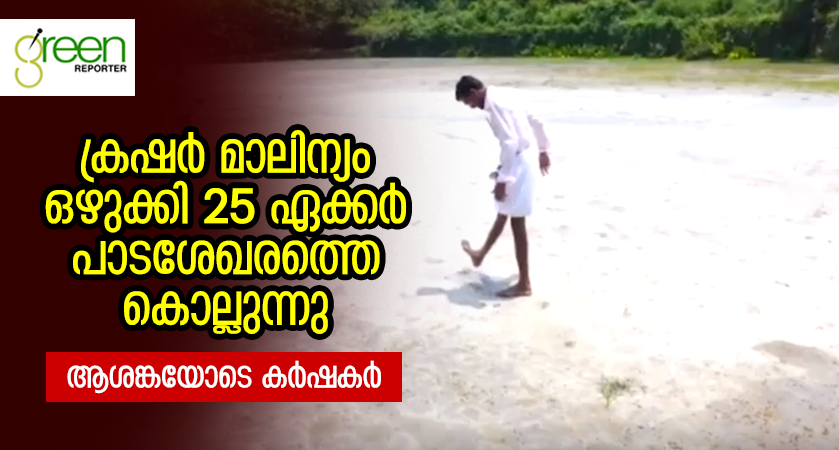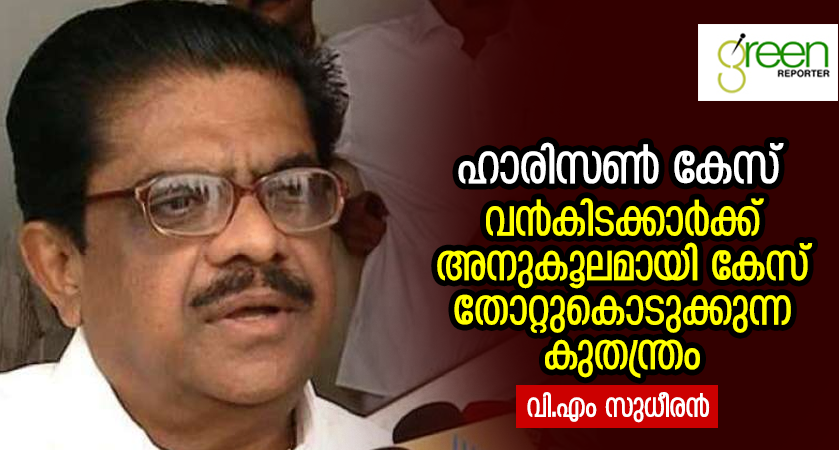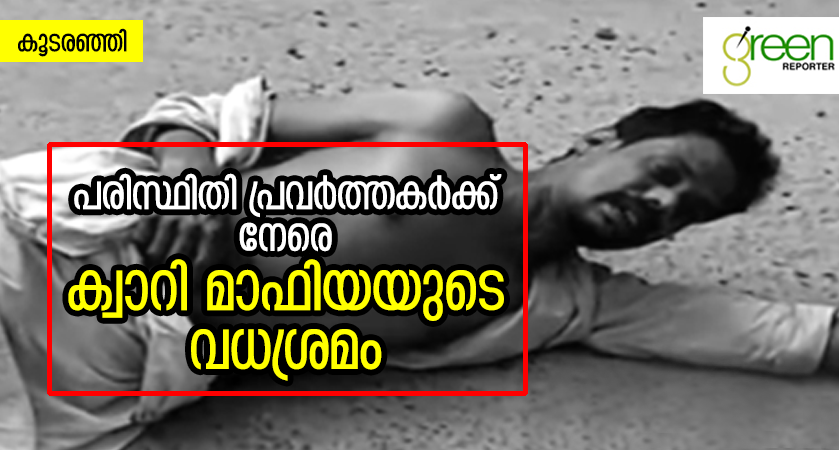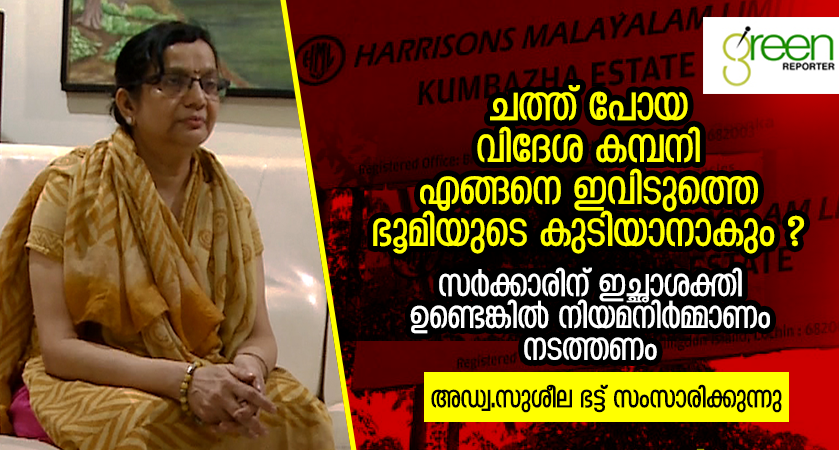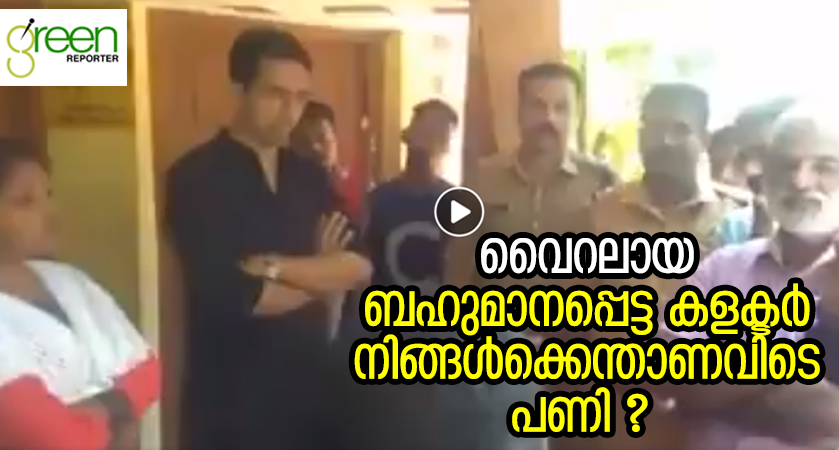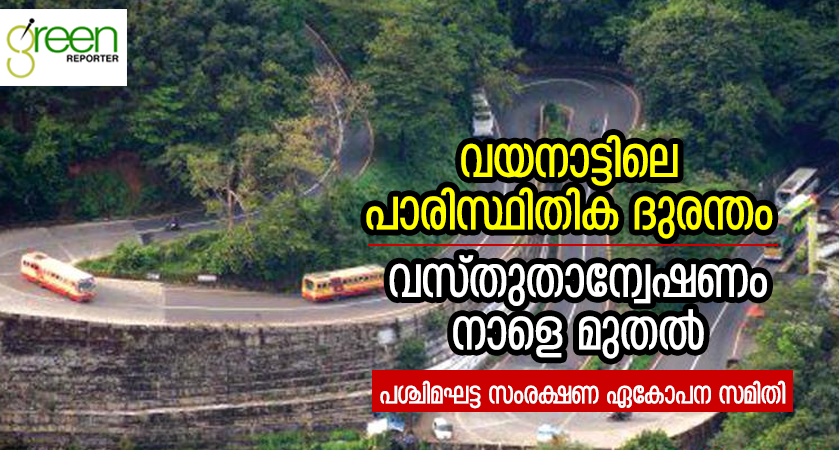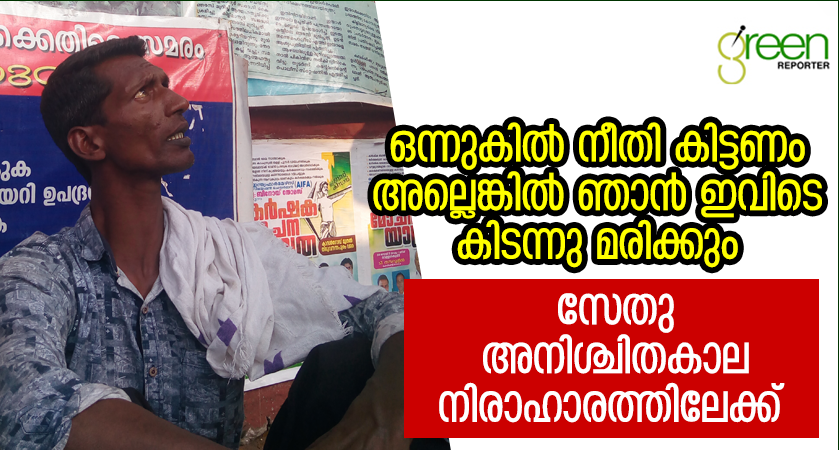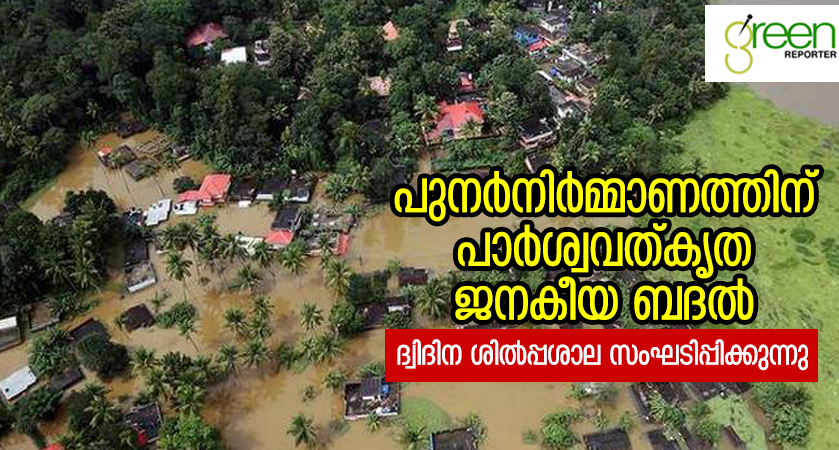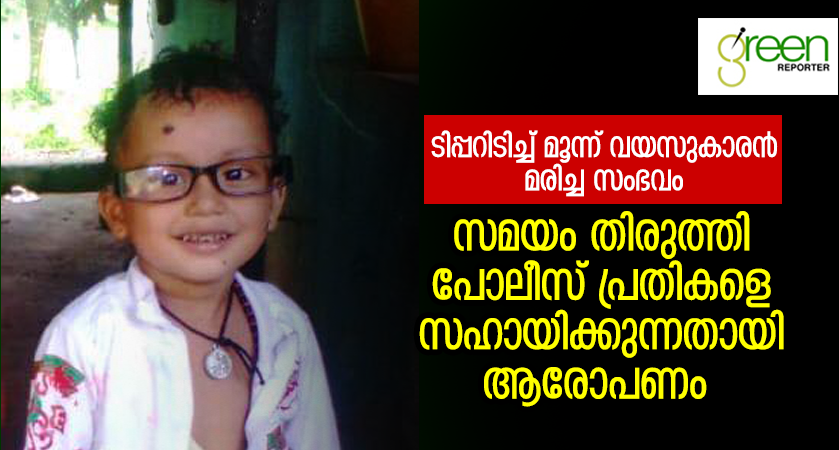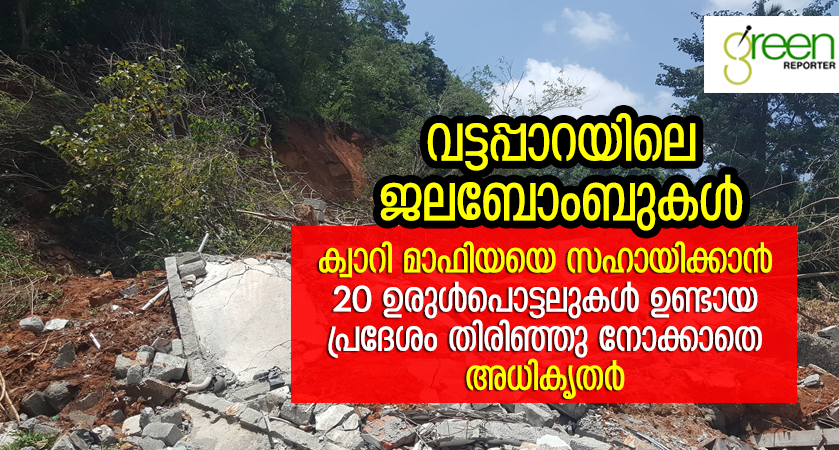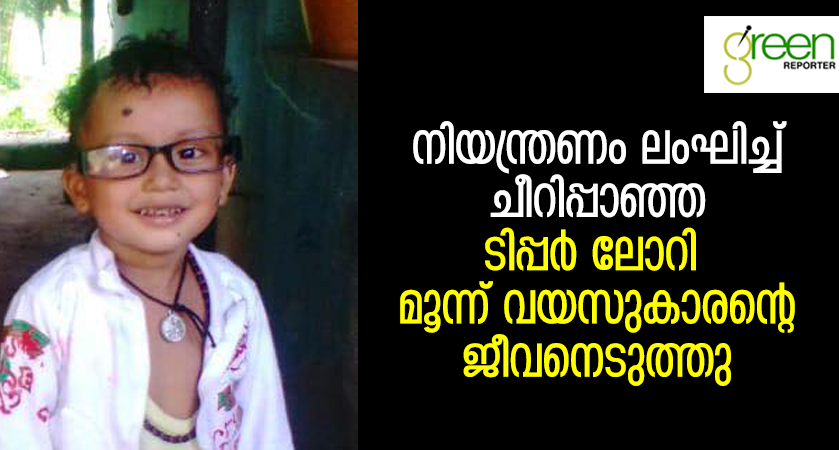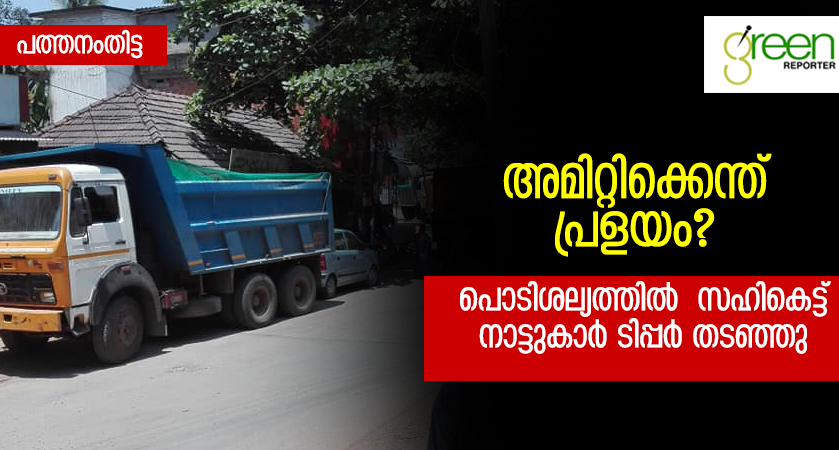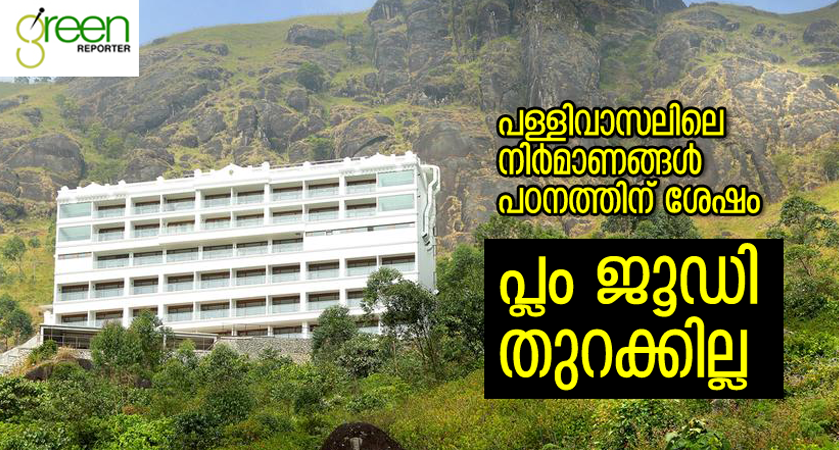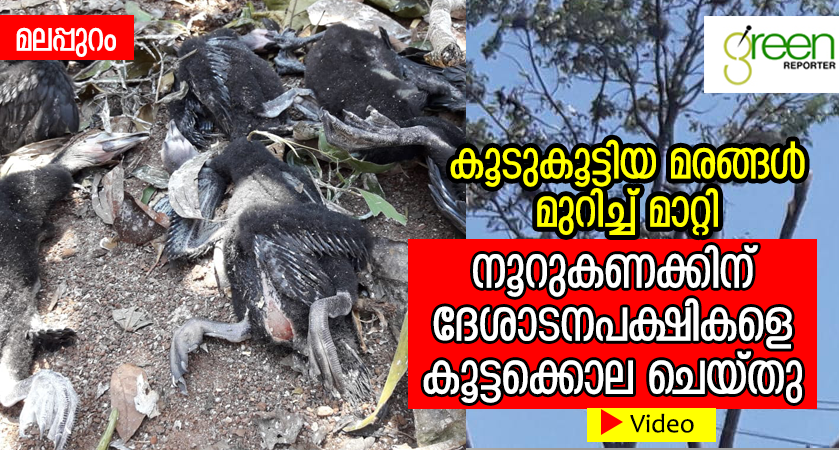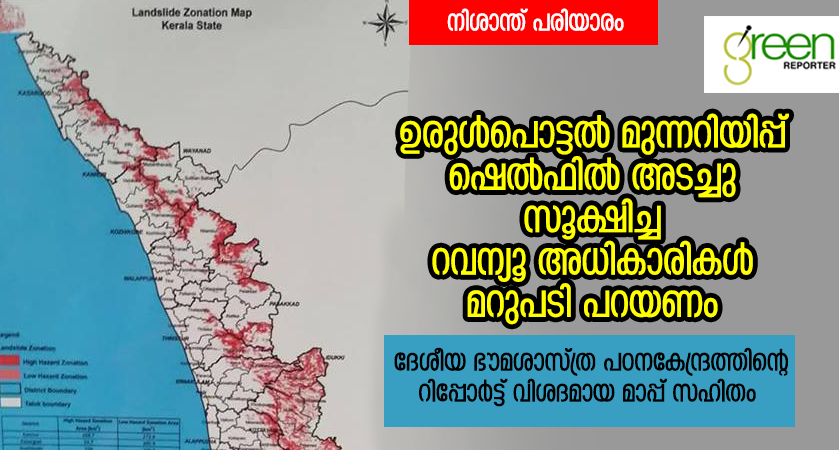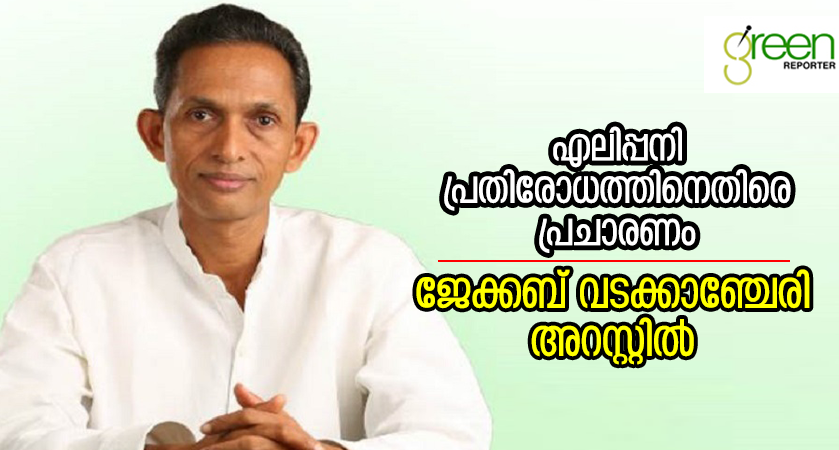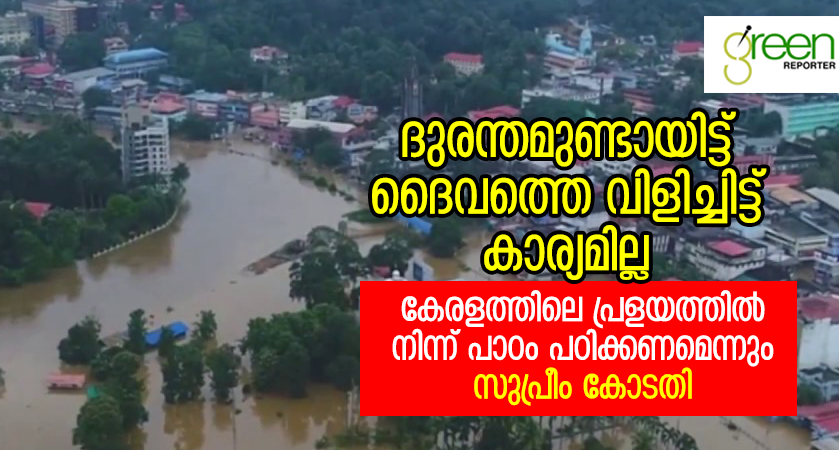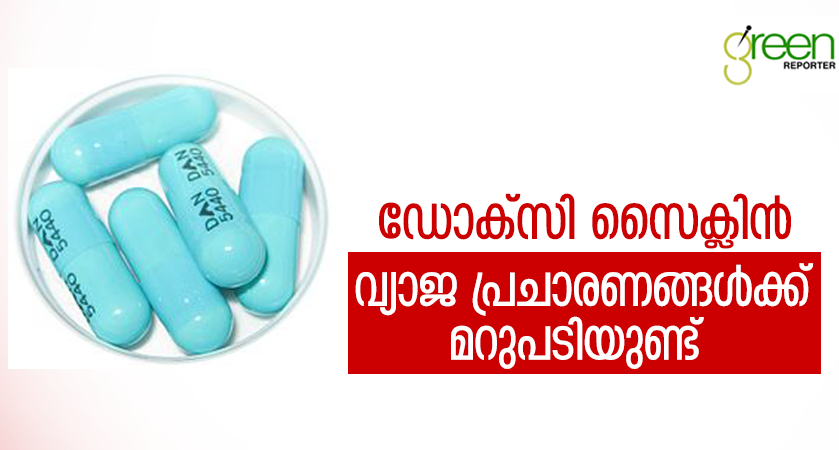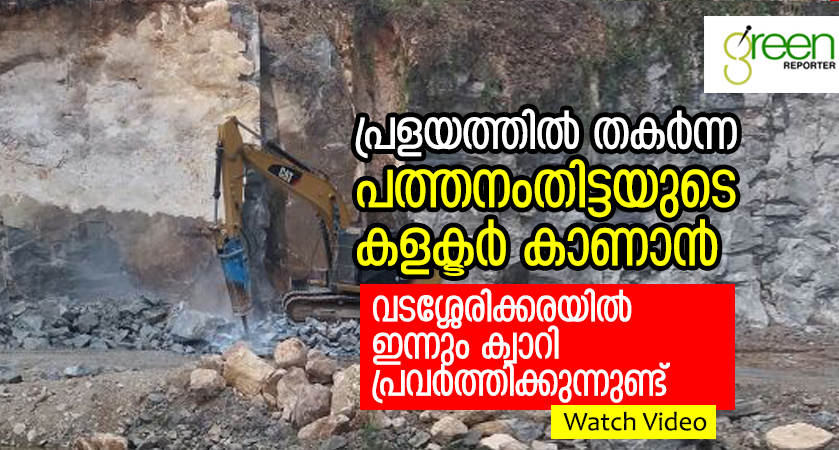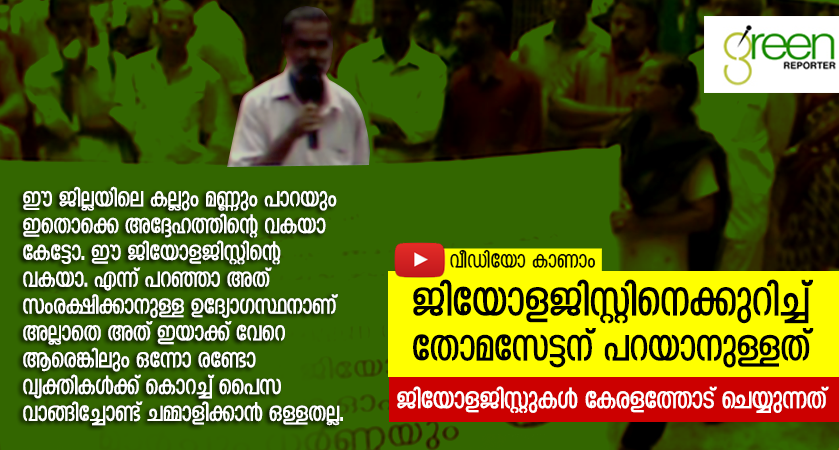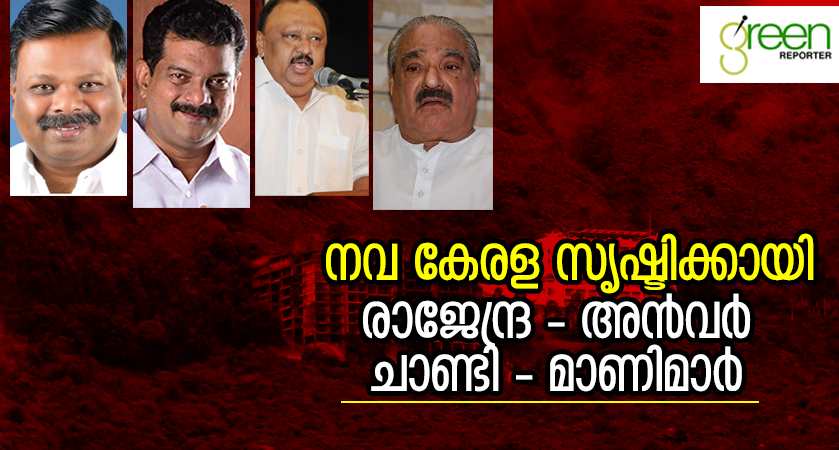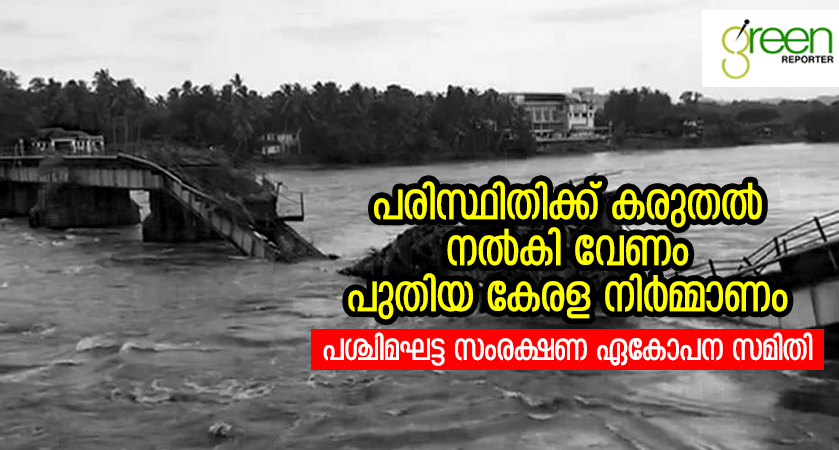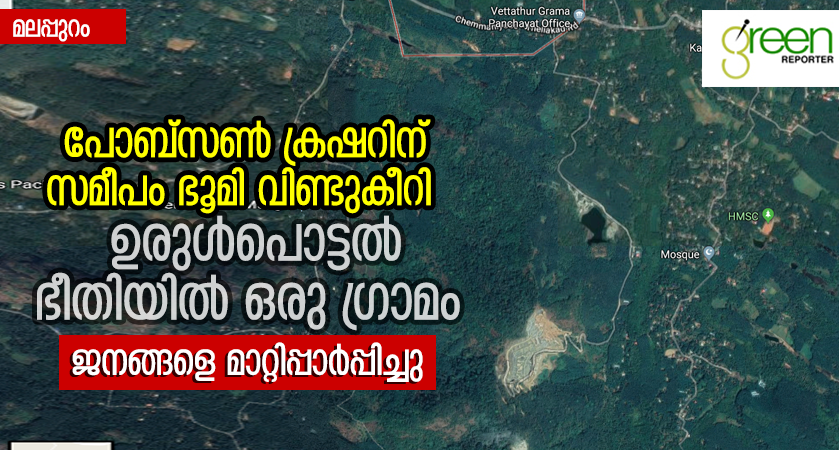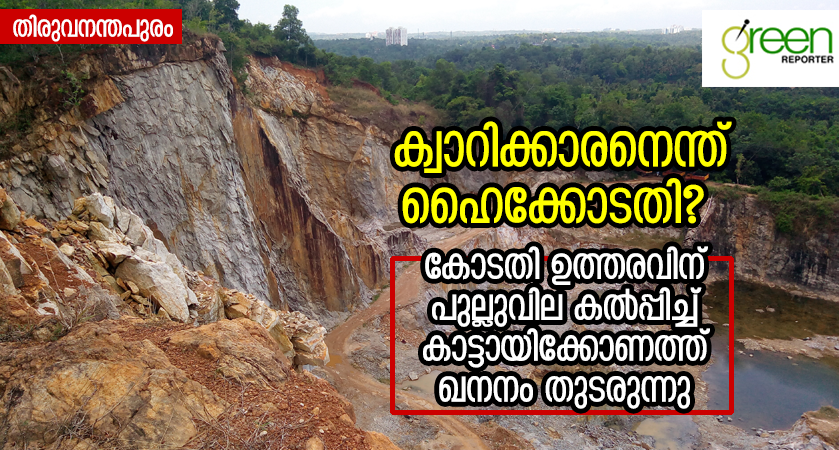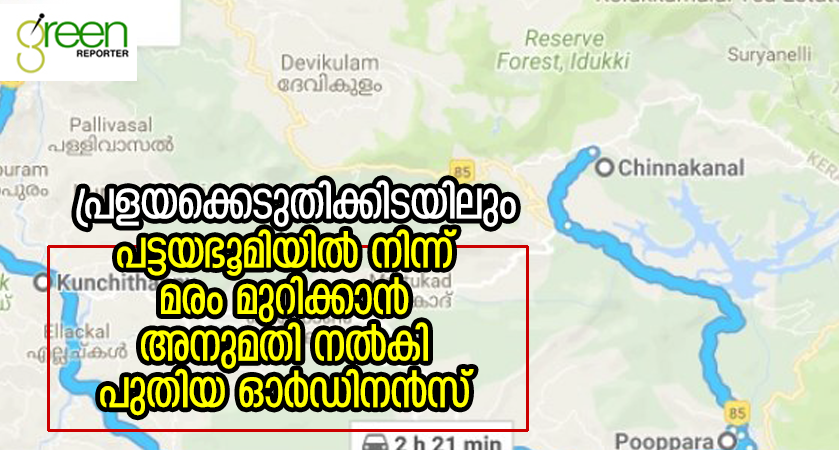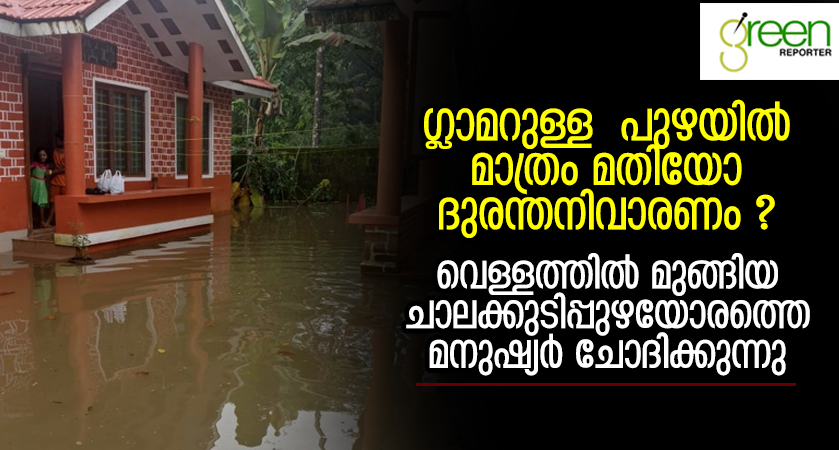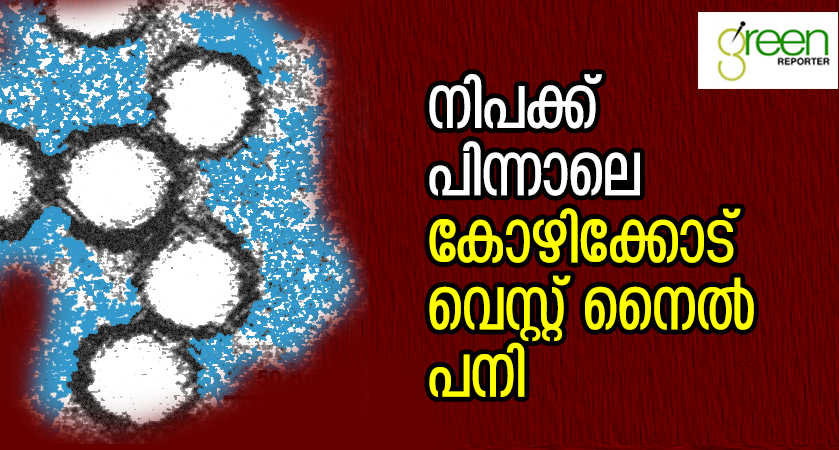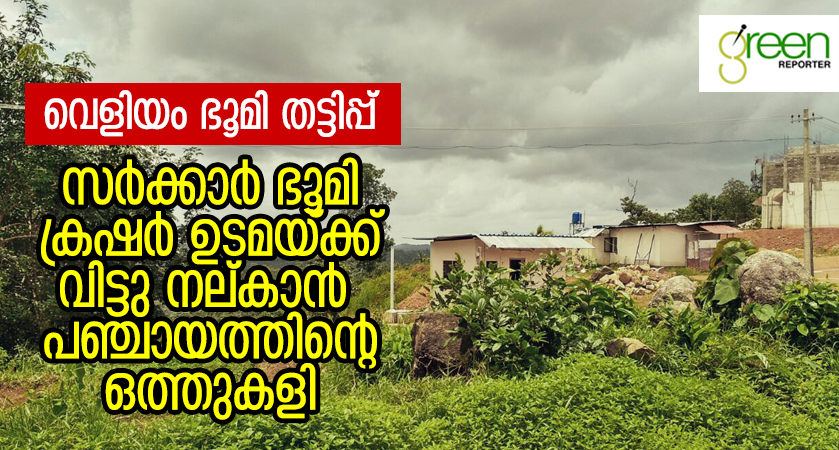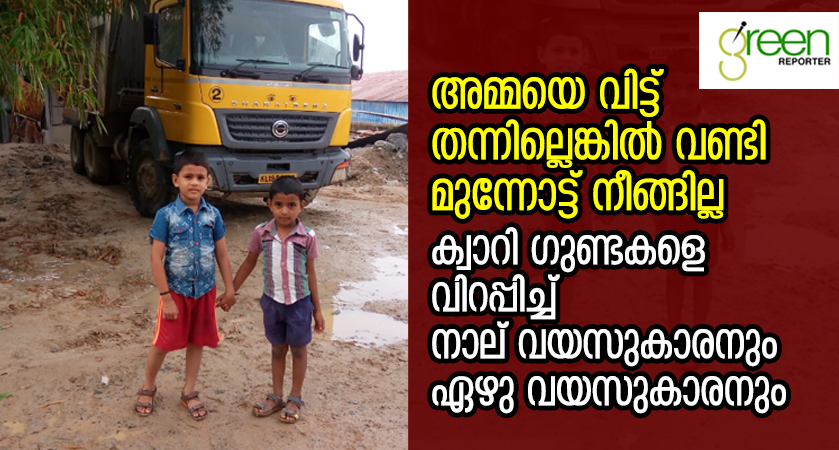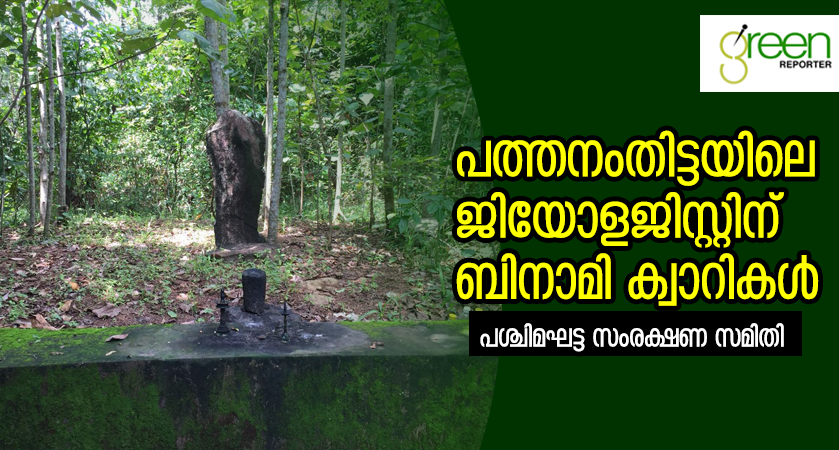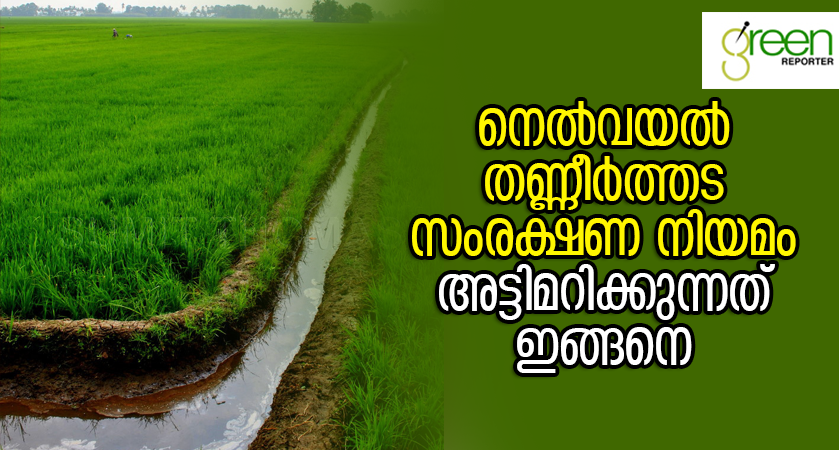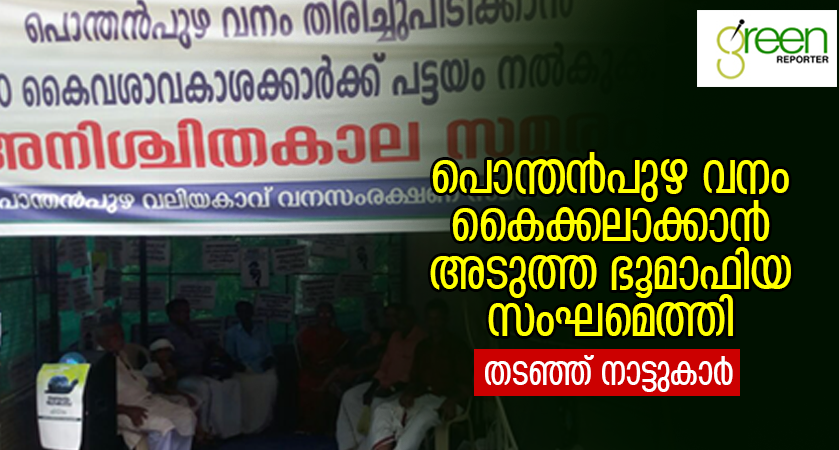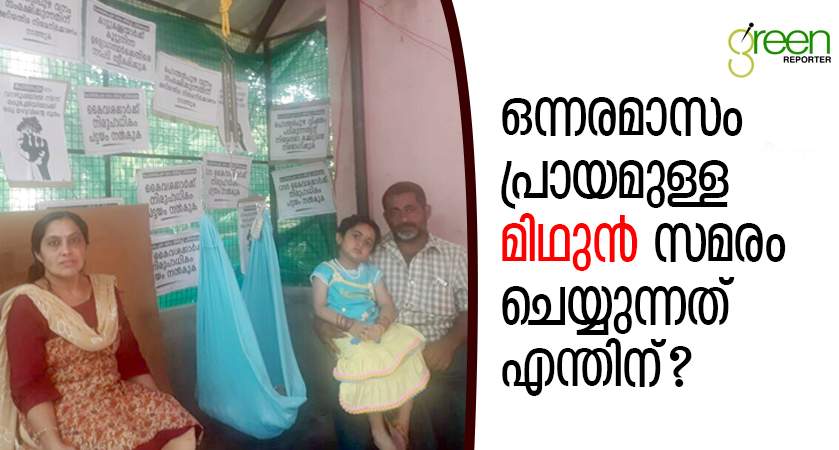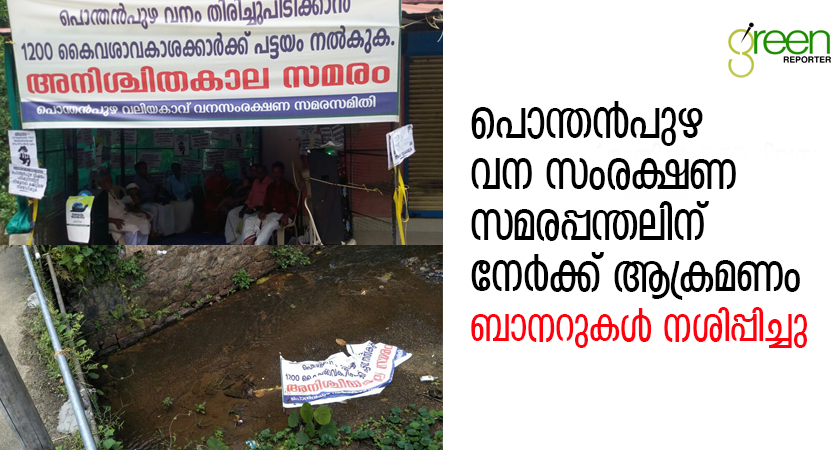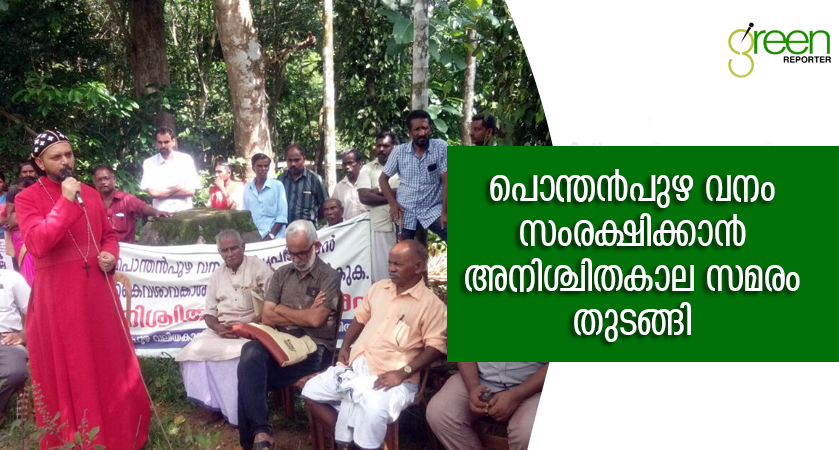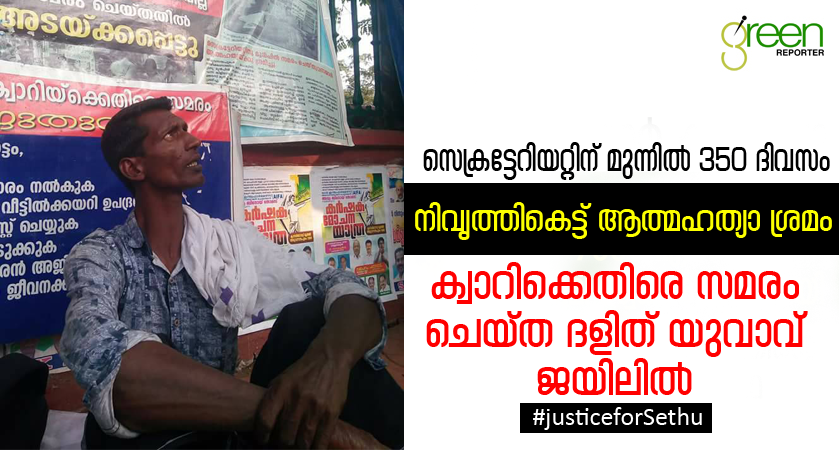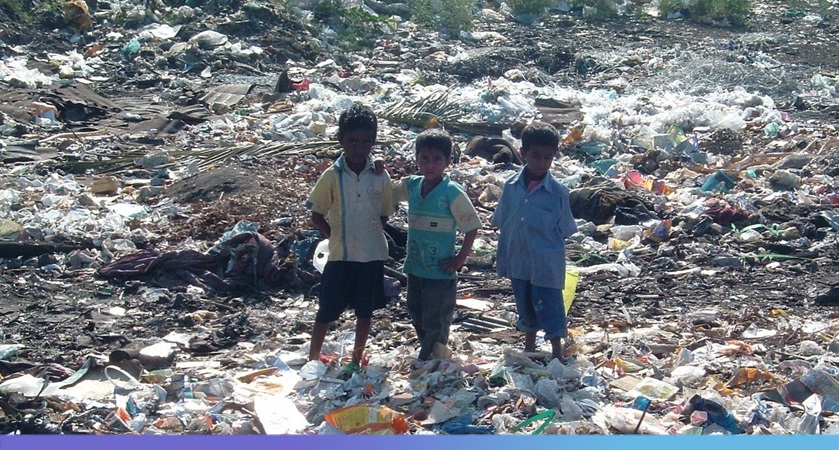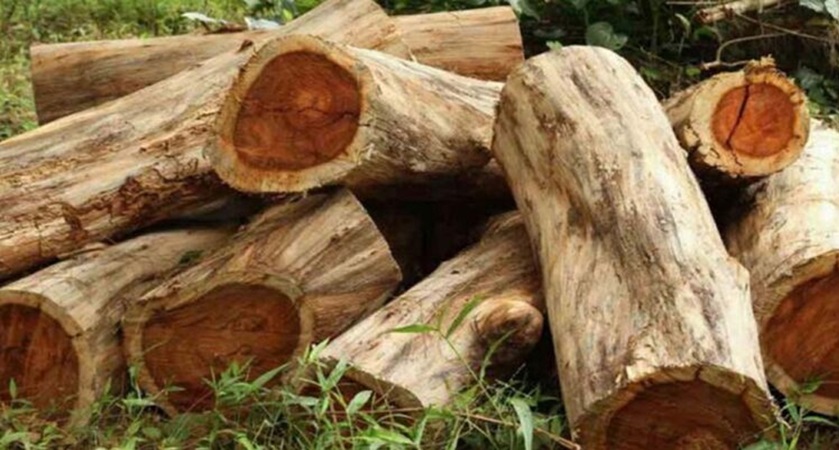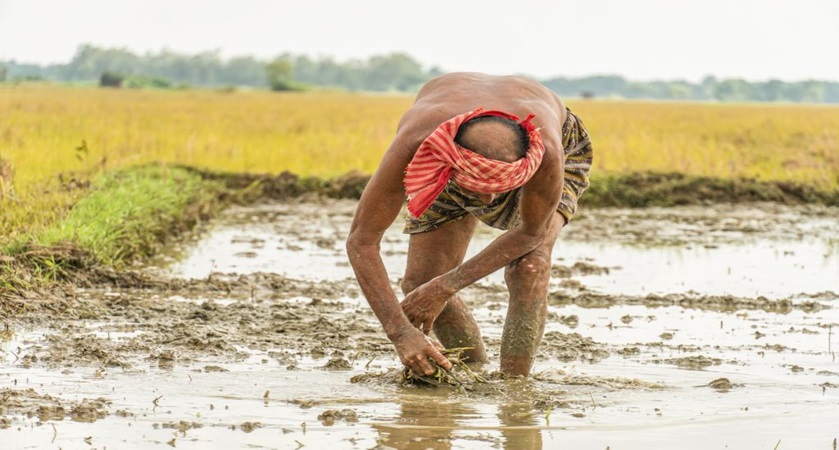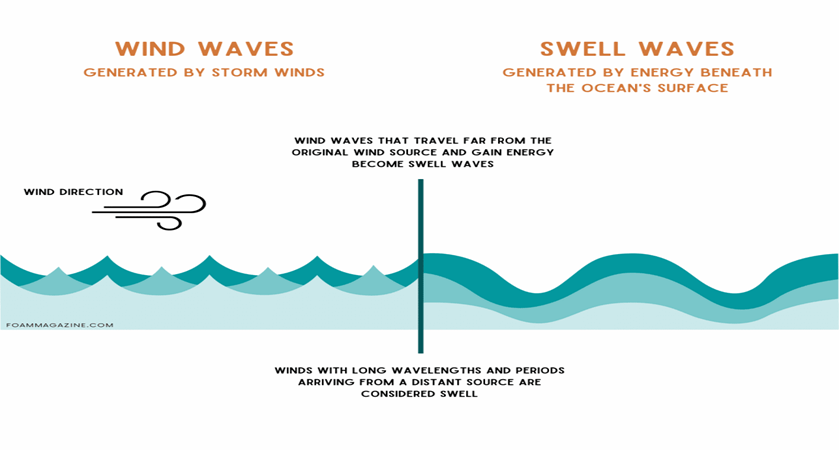How Rebuild Kerala
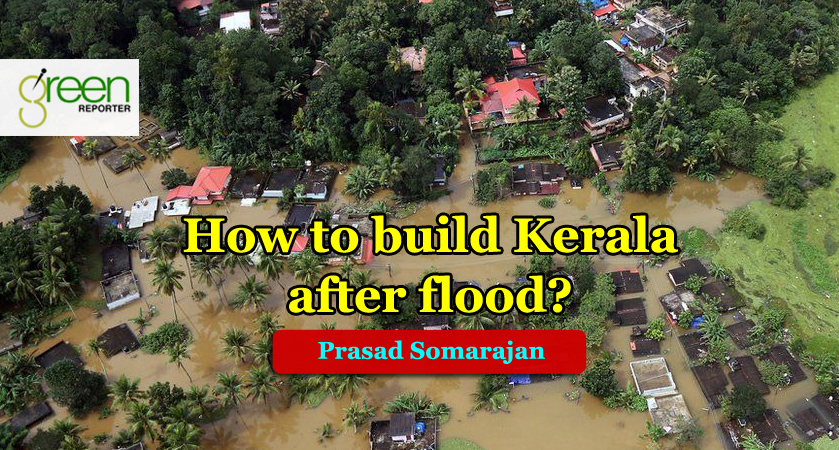
How to build Kerala after flood 2018
Prasad Somarajan, Westernghat Protection Samithy, Trivandrum
Introduction
The Kerala floods have served as an important reminder of the impact of water management and dam management programmes and flood mitigation measures. It seems that water management is responsible for exacerbating the situation. A total of 44 rivers flowing through the state of Kerala and 82 dams, officials in the field have agreed that the floods were likely to be worsened due to management of the dams. The dams held back water for a long period until it reached critical levels and had no choice but to release most of the dams at the same time .The major dams like Idukki , Mullaperiyar and Idamalayar, were forced to release its water when the torrential rainfall continued.
In addition, local state authorities mentioned that the official Central Water Commission (CWC) did not provide early flood warning in advance as there were no flood forecasting sites in Kerala. It is said that unscientific development activities ( devastation of paddy land, wet land filling , river shore encroachments, filling of river tributaries), vast and horrifying quarry activities and deforestation have also been cited as increasing the likelihood of such flash flood and landslips and slides events in Kerala.
Pressured by time and the need for quick delivery, many a post-disaster reconstruction situation end up seeking to replicate things the way they were before lead to a catastrophe, ecologically as well as economically to the society of Kerala. But a massive reconstruction phase affords a unique opportunity for important investment across multiple sectors, and good policymakers will seek to take advantage of this to upgrade their economic and social infrastructure, thus avoiding replicating the structural weaknesses that were present, which might have contributed to the present crisis itself, but also creating something worthy of the hopes and aspiration of the people of the State, by improving their living conditions and the services they have access to.
Rehabilitation
In rehabilitation, we need to understand the real facts with respect to the people who lost houses and likely to lose houses due to heavy flood and landslides and land slips. A per the latest reports, the Government of Kerala declared that around 16500 houses were totally damaged and the number of houses to be relocated yet to be finalised. The current practice of rehabilitation is rebuilding houses at the place where the houses were situated. If we do that the government need to spend a lot of money for infrastructure works such as road, water, electricity and even providing life support system in case of any emergencies in addition to building isolated houses. Therefore we propose Cluster of houses from 10 to 100 houses in every Panchayat or village or even in ward level where there are more total losses. The advantages of Cluster houses are
- Availability of more open spaces for various purposes like recreation, playing grounds, parks including for agriculture.
- Grouping homes together reduces the initial investment in roads, streets, and utility lines, as well as the public sector's maintenance and replacement costs.
- Caring community - close proximity to neighbours means that one is more likely to get acquainted with neighbours and develop a sense of caring community.
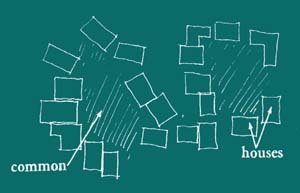
First of all, we need to identify total number of totally damaged houses in each Panchayat /Village, ward wise in flood affected areas /land slip/slides areas and or likely to flood, land slip/slide areas to be rehabilitated. Secondly we need to identify areas for reconstruction which have to be above HFL ( High Flood Level) or not in EFL ( Ecologically Fragile Land). Thirdly finalise the number of houses in each cluster, so that the infrastructure and associated amenities shall be finalised along with the houses.
In summary
-
- Identify total number of totally damaged houses in a panchayat/Village
- Identify houses which are fllod affected or EFL area to be relocated
- Identify locations which are above HFL and not affected by landslip/slides and suitable for building cluster houses with 10 to 100 houses with all amenities
Typical layouts of Cluster houses with common amenities

Cluster houses with individual houses with common amenities
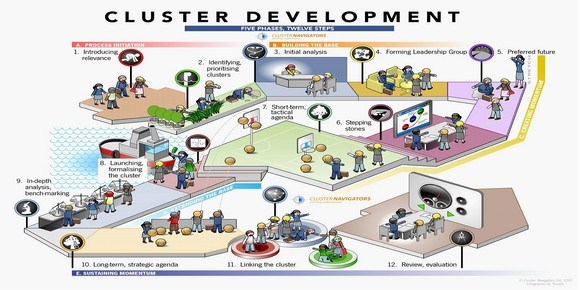
Typical common amenities
With common wall multiple units- single storey
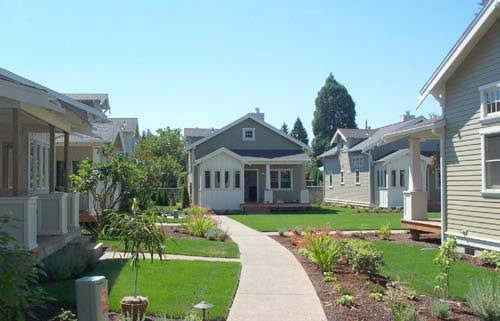
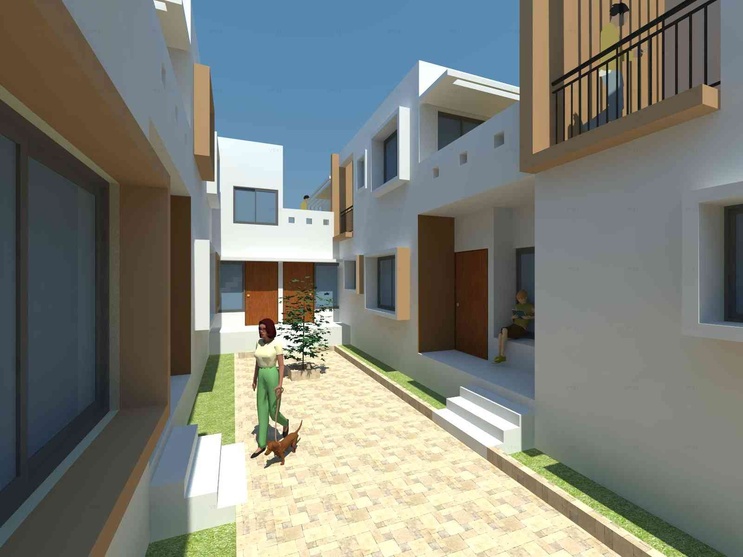
Typical views of Cluster houses
Reconstruction
The reconstruction is to be a long and costly affair to the State. Fortunately the people of Kerala have proven during the crisis that they are stronger than any adversity. It is therefore more important for a good policy to be developed with people’s participation which will increase future readiness, taking into account projections of similar disasters and upgrading the services and infrastructure to increase the quality of life of every citizen. Kerala could develop a clear Reconstruction and Development Plan listing its project and spending priorities, which it should share with the public and engage them in a series of bilateral discussions and negotiations with national and international suppliers of resources for the reconstruction and rebuilding process.
The cost of reconstruction shall be minimised with sustainable use of materials which are readily available. The reconstruction process should consider the possible recurrence of the natural calamities such as torrential rains and subsequent floods along with land slips and landslides along the ecologically fragile western ghats due to deforestation, monoculture and even more destructive and terrifying quarry operations. The dominant reason for these natural calamities is Climate Change, for which we need to reduce the carbon emission during the construction period and life period. More sustainable methodology shall be adopted for reconstruction process. The methodology to be followed shall be transparent and people friendly. Our aim while rebuilding Kerala shall be Can Kerala 2030( Carbon Neutral Kerala by 2030) We can reconstruct everything without disturbing the westerghat or even the nature by adopting the following principles of construction.
Following points shall be considered while reconstruction
 Collect all debris (foundation stones, concrete debris, doors, windows etc) from the completely damaged houses for building the cluster houses foundation, plinths and fillings.
Collect all debris (foundation stones, concrete debris, doors, windows etc) from the completely damaged houses for building the cluster houses foundation, plinths and fillings.
the cluster houses foundation, plinths and fillings.



The superstructure can be built using GFRG panels manufactured by FRBL, a unit of FACT, Cochin, in one or two or three floor buildings which are Earthquake proof and moisture resistant. The panels shall be purchased directly by the government by considering the Flood conditions of Kerala, so that cost of construction shall be considerably reduced. The panels are already in use for two decades and tested by IIT Chennai. Moreover the FACT is producing the panels by using their waste by product. Therefore it is economical in money and time and sustainable reducing the carbon emission.
The main properties of Alternative Building materials shall be
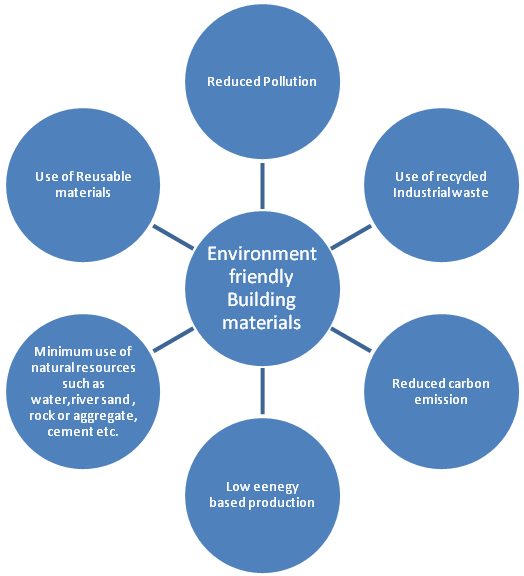
The main features of GFRG Rapid wall is that
- Can be used for load bearing prefabricated wall and slab panels and suitable for mass construction since 1990 in Australia.
- GFRG /Rapid wall is manufactured using Gypsum as a core material, which is a by-product in the manufacturing of fertilizers.
- GFRG/Rapid wall is manufactured at RCF Mumbai and FACT Kochi.
- GFRG/rapid wall is suitable for load bearing up to 10 storied building and can be used as a Hybrid wall and slab infill panels for framed structures.
The GFRG/ Rapid wall construction saves construction materials considerably due to light weight in nature due to reduced dead loads.
The GFRG/ Rapid wall construction saves construction materials considerably due to light weight in nature due to reduced dead loads.
Sl.No.
Particulars
Weight
Weight Reduction in %
1
Weight of 1m2 ordinary brick wall-9” with plaster ( App.)
400Kg
2
Weight of 1m2 GFRG wall panel ( App.)
40Kg
90%
3
Weight of 1m2 GFRG wall panel with infill concrete ( App.)
250Kg
37.5%
Physical and material properties
Rapidwall panel is world’s largest loadbearing lightweight panels. The panels are manufactured with size 12 m length, 3m height and 124 mm thickness. Each panel has 48 modular cavities of 230 mm x 94 mm x 3m dimension. The weight of one panel is 1440 kg or 40 kg/sqm. The density is 1.14g/cm3 , being only 10-12% of the weight of comparable concrete /brick masonry.
The physical and material properties of panels are as follows:
Sl.No
Particulars
Details
1
Weight
Light Weight -40kg/m2
2
Axial Load capacity
160KN/m; 16 t/m
3
Compressive Strength
73.5 Kg/cm2 ( increased to 2.5 times if infill wit concrete)
4
Unit Shear Strength
50.9KN/m ; 5.09t/m
5
Flexural Strength
21.25Kg/cm2
6
Tensile Strength
31.5KN/m
7
Ductility
4
8
Fire Resistance
4 Hr rating with standing 700-1000 degree Celsius
9
Thermal resistance
0.34 K/W
10
Water absorption
Less than 5%
11
Earthquake resistivity
Richter scale up to 8
Let us see the Comparison of use of materials with respect to their Built up area
Comparison of a building with 1500 ft2
Sl.No.
Materials
Conventional Building
GFRG/Rapid wall Building
Savings in %
1
Cement
650 Bags
320 Bags
51
2
Steel
2780 Kg
1800 Kg
35
3
Riversand/Msand
2944 ft3
706 ft3
76
4
Rock and aggregates
1852 ft3
1341 ft3
28
5
Water
2,00,000 lt
50,000 lt
75
6
Labour
1200 Man Days
389Days
68
7
Construction time
120 Days
21 Days
82
8
Total Weight of Super structure
490 tons
170 tons
65 ( Hence reduction in foundation size)
9
Built up Area
154.5m2
143m2
8
10
Construction Cost (App)
26,60,000 (1600/ft2)
19,25,000
(1250/ft2)
27 ( In case of mass construction 35-40)
11
Embodied Energy in KWh
82921
215400
61.5
12
Savings in Carbon Emission
24 ton (app. 80 kg/m2
panel)
If we build mass residential buildings with GFRG /Rapid wall panels or blocks, the savings in the construction could be 35-40% with respect to Conventional building Construction.
If we build mass residential buildings with GFRG /Rapid wall panels or blocks, the savings in the construction could be 35-40% with respect to Conventional building Construction.

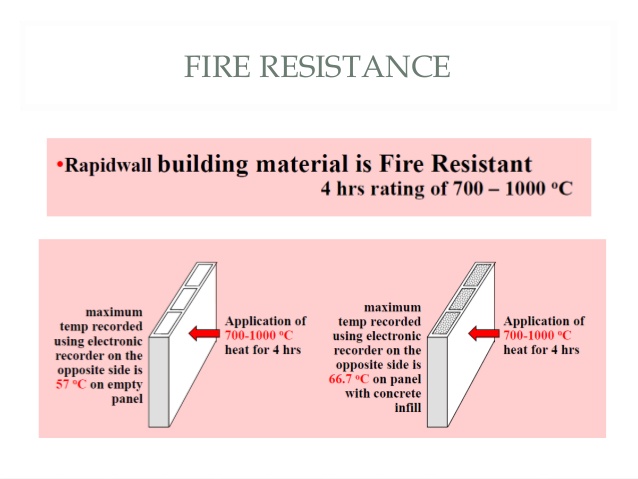
Following tests were conducted by IIT Chennai and found satisfactory to use in Construction purposes.
- Water absorption test
- Rainwater penetration test
- Compressive strength test
- Fire resistance test
- Durability test
- Corrosion test
- Impact test
- Nailing and pull out test
- Sound transmission test
- Elastic modulus test
Following are the possible applications for the panels
- Individual dwelling units/ houses, load bearing up t three floors
- Cluster houses with common walls
- Multi storied load bearing construction up to three floors
- Partition walls in framed multi-storeyed buildings in any height.
- Roof panels
- Permanent formwork for suspended slabs
- Boundary wall construction
Up to 500m2 of panels can be transported in one truck
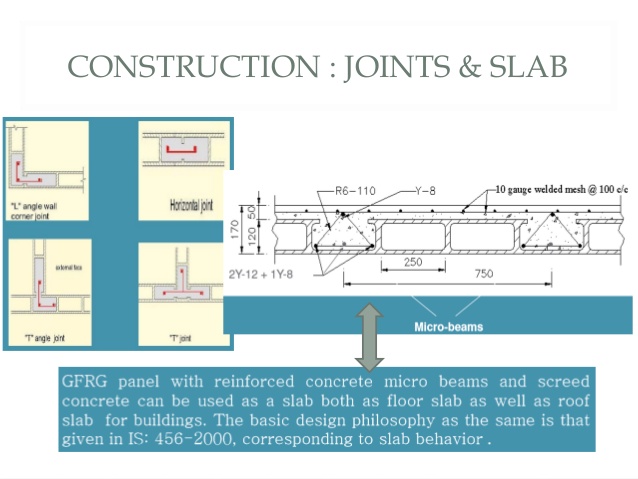

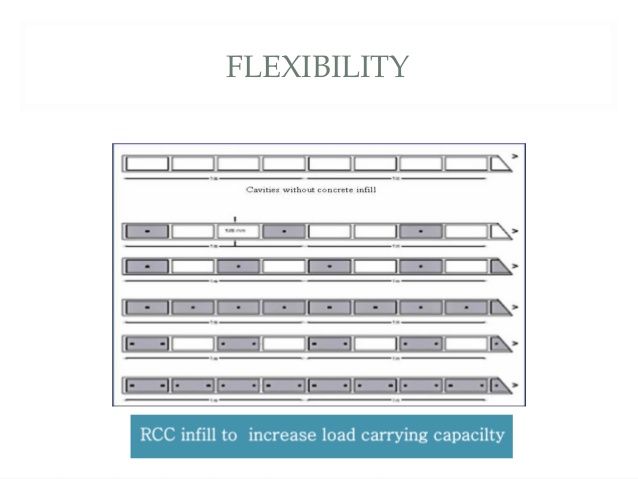


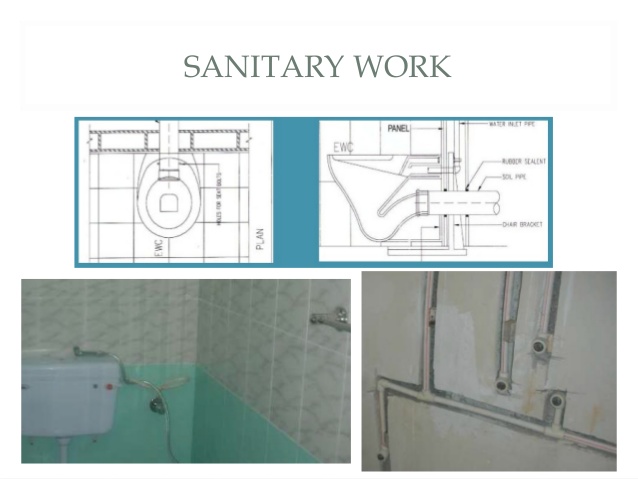
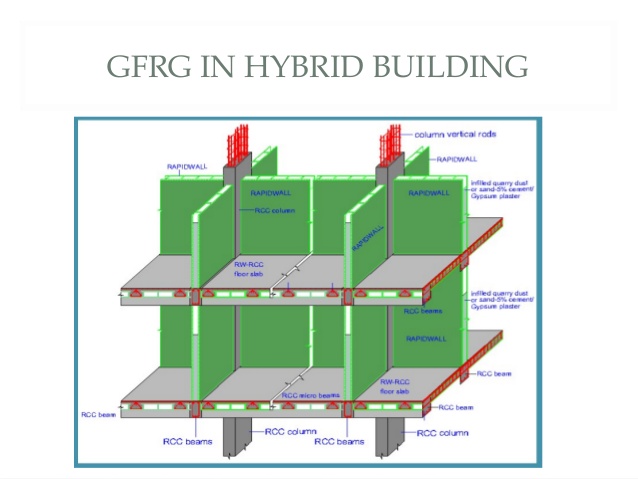
In a multi-storey building with framed structure, there are possibilities of using GFRG panels as infill panels, which is cost effective, eco friendly and reduce the destruction of the western ghat ( as the
usage of coarse aggregate, M sand and cement are tremendously reduced by minimising the concrete blocks and plastering on walls.
Other Alternatives
We have several other alternative methods to build residential buildings, villas or multi-storeyed flats. Following are some of the alternative building materials, which are readily and locally available everywhere.
- Instead of demolishing, refurbishing existing buildings.
- Mud houses, using same place soil for wall and floor construction with the addition of bamboo
- Interlock brick construction, no plastering or paint is required
- Brick with fly ash materials
- Steel buildings
Self Sufficient Cluster Units
Each Cluster shall be provided with a group farming facility and small scale industrial units and commercial trading units for employment generation. No one in the cluster shall be unemployed irrespective of their physical condition or health conditions. Each and every one in the cluster shall be engaged in one way or other way for the development of the Cluster depends on their ability and availability. Each Cluster shall be self sufficient in essential commodities such as shelter, food, clothing, recreation, energy, water, waste treatment, employment etc. Each cluster shall have one community kitchen, so that the nutrition levels as well as the energy consumption and time of cooking in isolated families shall be limited. If a family opted for separate cooking shall be allowed. Each cluster individuals and their income shall be protected through group insurance against natural calamities or accidents.
Each Cluster shall be developed with self sufficient energy, water and waste management and shall be energised by using Solar Energy
Solar panels shall be installed for power generation. Wind mills are also possible in certain locations.


Biogas plant shall be built for organic waste and soil waste to generate gas for community kitchen use.
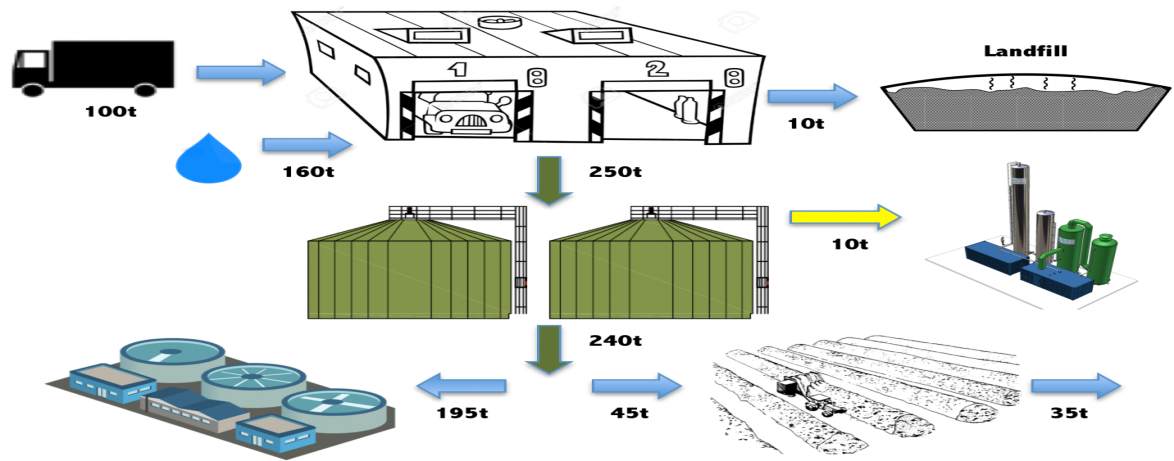
Biogas from properly functioning anaerobic digestion system is typically composed of:
- Methane (55-65%)
- Carbon dioxide (35-45%)
- H2S (100-10000 PPM)
- Water vapor (saturated at biogas temperature)
- Ammonia (traces)
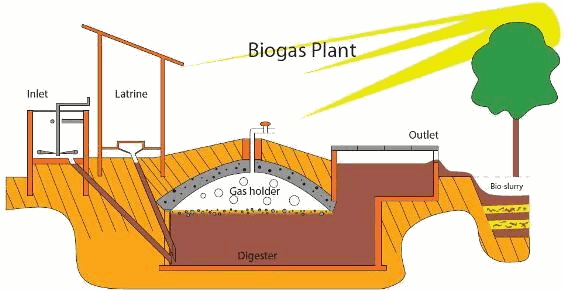
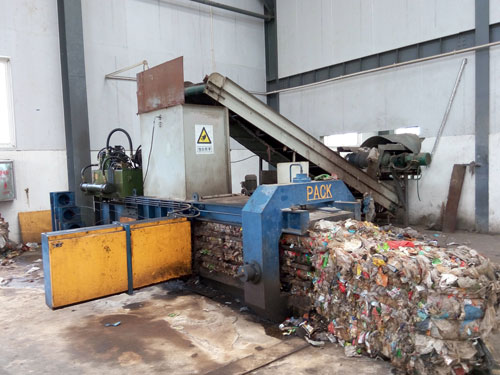
Non biodegradable waste shall be segregated and reused or recycled separately.
Self sufficient water source shall be identified with rain water recharge facility for each cluster.
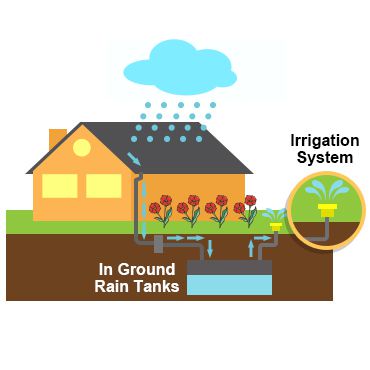
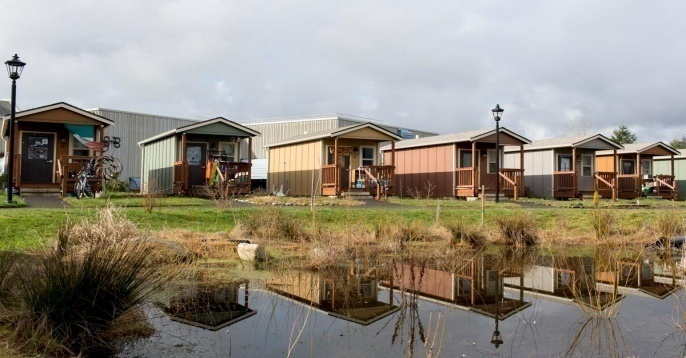
Agricultural land for group farming shall be arranged and demarcated and grouped separately.
Paddy fields
Green Reporter

Green Reporter Desk
Visit our Facebook page...
Responses
0 Comments
Leave your comment
How to build Kerala after flood 2018
Prasad Somarajan, Westernghat Protection Samithy, Trivandrum
Introduction
The Kerala floods have served as an important reminder of the impact of water management and dam management programmes and flood mitigation measures. It seems that water management is responsible for exacerbating the situation. A total of 44 rivers flowing through the state of Kerala and 82 dams, officials in the field have agreed that the floods were likely to be worsened due to management of the dams. The dams held back water for a long period until it reached critical levels and had no choice but to release most of the dams at the same time .The major dams like Idukki , Mullaperiyar and Idamalayar, were forced to release its water when the torrential rainfall continued.
In addition, local state authorities mentioned that the official Central Water Commission (CWC) did not provide early flood warning in advance as there were no flood forecasting sites in Kerala. It is said that unscientific development activities ( devastation of paddy land, wet land filling , river shore encroachments, filling of river tributaries), vast and horrifying quarry activities and deforestation have also been cited as increasing the likelihood of such flash flood and landslips and slides events in Kerala.
Pressured by time and the need for quick delivery, many a post-disaster reconstruction situation end up seeking to replicate things the way they were before lead to a catastrophe, ecologically as well as economically to the society of Kerala. But a massive reconstruction phase affords a unique opportunity for important investment across multiple sectors, and good policymakers will seek to take advantage of this to upgrade their economic and social infrastructure, thus avoiding replicating the structural weaknesses that were present, which might have contributed to the present crisis itself, but also creating something worthy of the hopes and aspiration of the people of the State, by improving their living conditions and the services they have access to.
Rehabilitation
In rehabilitation, we need to understand the real facts with respect to the people who lost houses and likely to lose houses due to heavy flood and landslides and land slips. A per the latest reports, the Government of Kerala declared that around 16500 houses were totally damaged and the number of houses to be relocated yet to be finalised. The current practice of rehabilitation is rebuilding houses at the place where the houses were situated. If we do that the government need to spend a lot of money for infrastructure works such as road, water, electricity and even providing life support system in case of any emergencies in addition to building isolated houses. Therefore we propose Cluster of houses from 10 to 100 houses in every Panchayat or village or even in ward level where there are more total losses. The advantages of Cluster houses are
- Availability of more open spaces for various purposes like recreation, playing grounds, parks including for agriculture.
- Grouping homes together reduces the initial investment in roads, streets, and utility lines, as well as the public sector's maintenance and replacement costs.
- Caring community - close proximity to neighbours means that one is more likely to get acquainted with neighbours and develop a sense of caring community.

First of all, we need to identify total number of totally damaged houses in each Panchayat /Village, ward wise in flood affected areas /land slip/slides areas and or likely to flood, land slip/slide areas to be rehabilitated. Secondly we need to identify areas for reconstruction which have to be above HFL ( High Flood Level) or not in EFL ( Ecologically Fragile Land). Thirdly finalise the number of houses in each cluster, so that the infrastructure and associated amenities shall be finalised along with the houses.
In summary
-
- Identify total number of totally damaged houses in a panchayat/Village
- Identify houses which are fllod affected or EFL area to be relocated
- Identify locations which are above HFL and not affected by landslip/slides and suitable for building cluster houses with 10 to 100 houses with all amenities
Typical layouts of Cluster houses with common amenities

Cluster houses with individual houses with common amenities

Typical common amenities
With common wall multiple units- single storey
Typical views of Cluster houses
Reconstruction
The reconstruction is to be a long and costly affair to the State. Fortunately the people of Kerala have proven during the crisis that they are stronger than any adversity. It is therefore more important for a good policy to be developed with people’s participation which will increase future readiness, taking into account projections of similar disasters and upgrading the services and infrastructure to increase the quality of life of every citizen. Kerala could develop a clear Reconstruction and Development Plan listing its project and spending priorities, which it should share with the public and engage them in a series of bilateral discussions and negotiations with national and international suppliers of resources for the reconstruction and rebuilding process.
The cost of reconstruction shall be minimised with sustainable use of materials which are readily available. The reconstruction process should consider the possible recurrence of the natural calamities such as torrential rains and subsequent floods along with land slips and landslides along the ecologically fragile western ghats due to deforestation, monoculture and even more destructive and terrifying quarry operations. The dominant reason for these natural calamities is Climate Change, for which we need to reduce the carbon emission during the construction period and life period. More sustainable methodology shall be adopted for reconstruction process. The methodology to be followed shall be transparent and people friendly. Our aim while rebuilding Kerala shall be Can Kerala 2030( Carbon Neutral Kerala by 2030) We can reconstruct everything without disturbing the westerghat or even the nature by adopting the following principles of construction.
Following points shall be considered while reconstruction
 Collect all debris (foundation stones, concrete debris, doors, windows etc) from the completely damaged houses for building the cluster houses foundation, plinths and fillings.
Collect all debris (foundation stones, concrete debris, doors, windows etc) from the completely damaged houses for building the cluster houses foundation, plinths and fillings.
the cluster houses foundation, plinths and fillings.



The superstructure can be built using GFRG panels manufactured by FRBL, a unit of FACT, Cochin, in one or two or three floor buildings which are Earthquake proof and moisture resistant. The panels shall be purchased directly by the government by considering the Flood conditions of Kerala, so that cost of construction shall be considerably reduced. The panels are already in use for two decades and tested by IIT Chennai. Moreover the FACT is producing the panels by using their waste by product. Therefore it is economical in money and time and sustainable reducing the carbon emission.
The main properties of Alternative Building materials shall be

The main features of GFRG Rapid wall is that
- Can be used for load bearing prefabricated wall and slab panels and suitable for mass construction since 1990 in Australia.
- GFRG /Rapid wall is manufactured using Gypsum as a core material, which is a by-product in the manufacturing of fertilizers.
- GFRG/Rapid wall is manufactured at RCF Mumbai and FACT Kochi.
- GFRG/rapid wall is suitable for load bearing up to 10 storied building and can be used as a Hybrid wall and slab infill panels for framed structures.
The GFRG/ Rapid wall construction saves construction materials considerably due to light weight in nature due to reduced dead loads.
The GFRG/ Rapid wall construction saves construction materials considerably due to light weight in nature due to reduced dead loads.
|
Sl.No. |
Particulars |
Weight |
Weight Reduction in % |
|
1 |
Weight of 1m2 ordinary brick wall-9” with plaster ( App.) |
400Kg |
|
|
2 |
Weight of 1m2 GFRG wall panel ( App.) |
40Kg |
90% |
|
3 |
Weight of 1m2 GFRG wall panel with infill concrete ( App.) |
250Kg |
37.5% |
Physical and material properties
Rapidwall panel is world’s largest loadbearing lightweight panels. The panels are manufactured with size 12 m length, 3m height and 124 mm thickness. Each panel has 48 modular cavities of 230 mm x 94 mm x 3m dimension. The weight of one panel is 1440 kg or 40 kg/sqm. The density is 1.14g/cm3 , being only 10-12% of the weight of comparable concrete /brick masonry.
The physical and material properties of panels are as follows:
|
Sl.No |
Particulars |
Details |
|
1 |
Weight |
Light Weight -40kg/m2 |
|
2 |
Axial Load capacity |
160KN/m; 16 t/m |
|
3 |
Compressive Strength |
73.5 Kg/cm2 ( increased to 2.5 times if infill wit concrete) |
|
4 |
Unit Shear Strength |
50.9KN/m ; 5.09t/m |
|
5 |
Flexural Strength |
21.25Kg/cm2 |
|
6 |
Tensile Strength |
31.5KN/m |
|
7 |
Ductility |
4 |
|
8 |
Fire Resistance |
4 Hr rating with standing 700-1000 degree Celsius |
|
9 |
Thermal resistance |
0.34 K/W |
|
10 |
Water absorption |
Less than 5% |
|
11 |
Earthquake resistivity |
Richter scale up to 8 |
|
|
|
|
Let us see the Comparison of use of materials with respect to their Built up area
|
Comparison of a building with 1500 ft2 |
||||
|
Sl.No. |
Materials |
Conventional Building |
GFRG/Rapid wall Building |
Savings in % |
|
1 |
Cement |
650 Bags |
320 Bags |
51 |
|
2 |
Steel |
2780 Kg |
1800 Kg |
35 |
|
3 |
Riversand/Msand |
2944 ft3 |
706 ft3 |
76 |
|
4 |
Rock and aggregates |
1852 ft3 |
1341 ft3 |
28 |
|
5 |
Water |
2,00,000 lt |
50,000 lt |
75 |
|
6 |
Labour |
1200 Man Days |
389Days |
68 |
|
7 |
Construction time |
120 Days |
21 Days |
82
|
|
8 |
Total Weight of Super structure |
490 tons |
170 tons |
65 ( Hence reduction in foundation size) |
|
9 |
Built up Area |
154.5m2 |
143m2 |
8 |
|
10 |
Construction Cost (App) |
26,60,000 (1600/ft2) |
19,25,000 (1250/ft2) |
27 ( In case of mass construction 35-40) |
|
11 |
Embodied Energy in KWh |
82921 |
215400 |
61.5 |
|
12 |
Savings in Carbon Emission |
|
24 ton (app. 80 kg/m2 panel) |
|
If we build mass residential buildings with GFRG /Rapid wall panels or blocks, the savings in the construction could be 35-40% with respect to Conventional building Construction.
If we build mass residential buildings with GFRG /Rapid wall panels or blocks, the savings in the construction could be 35-40% with respect to Conventional building Construction.


Following tests were conducted by IIT Chennai and found satisfactory to use in Construction purposes.
- Water absorption test
- Rainwater penetration test
- Compressive strength test
- Fire resistance test
- Durability test
- Corrosion test
- Impact test
- Nailing and pull out test
- Sound transmission test
- Elastic modulus test
Following are the possible applications for the panels
- Individual dwelling units/ houses, load bearing up t three floors
- Cluster houses with common walls
- Multi storied load bearing construction up to three floors
- Partition walls in framed multi-storeyed buildings in any height.
- Roof panels
- Permanent formwork for suspended slabs
- Boundary wall construction
Up to 500m2 of panels can be transported in one truck





In a multi-storey building with framed structure, there are possibilities of using GFRG panels as infill panels, which is cost effective, eco friendly and reduce the destruction of the western ghat ( as the
usage of coarse aggregate, M sand and cement are tremendously reduced by minimising the concrete blocks and plastering on walls.
Other Alternatives
We have several other alternative methods to build residential buildings, villas or multi-storeyed flats. Following are some of the alternative building materials, which are readily and locally available everywhere.
- Instead of demolishing, refurbishing existing buildings.
- Mud houses, using same place soil for wall and floor construction with the addition of bamboo
- Interlock brick construction, no plastering or paint is required
- Brick with fly ash materials
- Steel buildings
Self Sufficient Cluster Units
Each Cluster shall be provided with a group farming facility and small scale industrial units and commercial trading units for employment generation. No one in the cluster shall be unemployed irrespective of their physical condition or health conditions. Each and every one in the cluster shall be engaged in one way or other way for the development of the Cluster depends on their ability and availability. Each Cluster shall be self sufficient in essential commodities such as shelter, food, clothing, recreation, energy, water, waste treatment, employment etc. Each cluster shall have one community kitchen, so that the nutrition levels as well as the energy consumption and time of cooking in isolated families shall be limited. If a family opted for separate cooking shall be allowed. Each cluster individuals and their income shall be protected through group insurance against natural calamities or accidents.
Each Cluster shall be developed with self sufficient energy, water and waste management and shall be energised by using Solar Energy
Solar panels shall be installed for power generation. Wind mills are also possible in certain locations.


Biogas plant shall be built for organic waste and soil waste to generate gas for community kitchen use.

Biogas from properly functioning anaerobic digestion system is typically composed of:
- Methane (55-65%)
- Carbon dioxide (35-45%)
- H2S (100-10000 PPM)
- Water vapor (saturated at biogas temperature)
- Ammonia (traces)


Non biodegradable waste shall be segregated and reused or recycled separately.
Self sufficient water source shall be identified with rain water recharge facility for each cluster.


Agricultural land for group farming shall be arranged and demarcated and grouped separately.
Paddy fields

Green Reporter Desk





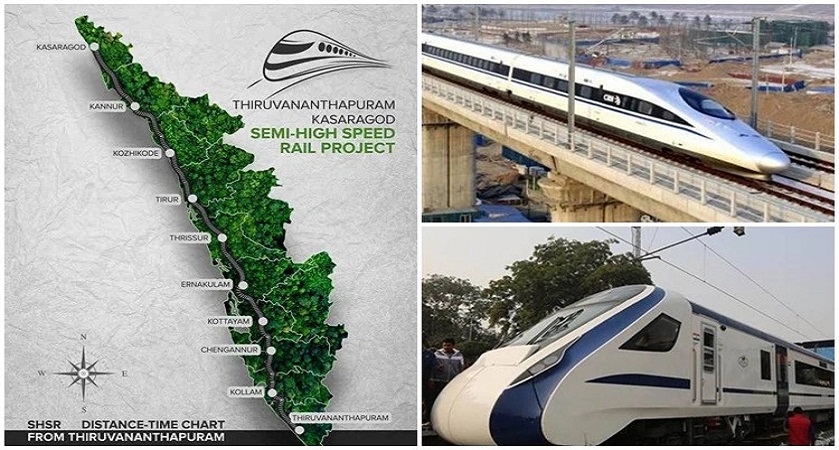
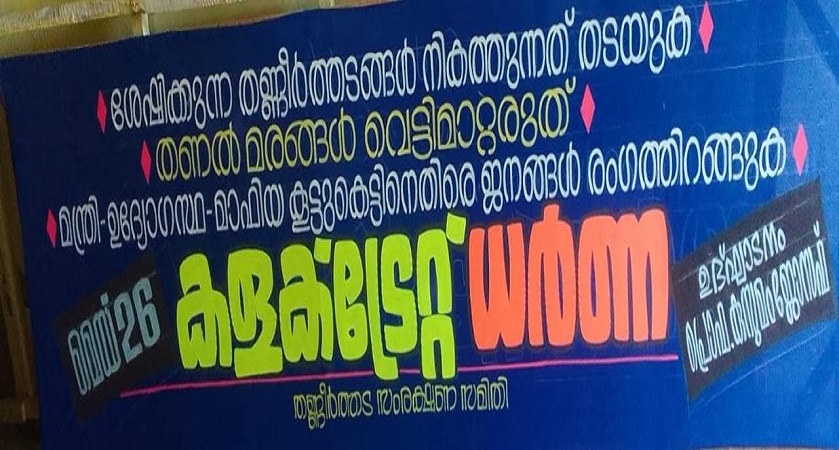

.jpeg)

